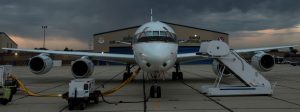08 October 2022 (12:30-UTC-07 Tango 06) 16 Mehr 1401/12 Rabi ‘al-Awwal 1444/13 Geng-Xu 4720/08 октября 2022 года
Most regions of The Gem State have such clean air that there is no vehicle emission testing. An area known as The Treasure Valley (aka Greater Boise Metro Area), however, has vehicle emission testing (and it’s the main reason registration fees are noticeably higher), since 1984.
The Treasure Valley is in the region of Southwestern Idaho, it encompasses the counties of Ada, Boise, Canyon, Elmore, Gem, Kuna and Owyhee. The area is geographically a ‘bowl’, and experiences a lot of atmospheric inversions which hold down all kinds of air pollutants, not just those from ground vehicles.

The massively polluting ‘Air Force One’ (Boeing 747) delivered President Biden to Gowen Field/Boise Airport, 13 SEP2021. Idaho Air National Guard photo by Senior Master Sergeant Joshua C. Allmaras.
The Treasure Valley is also home to the busiest airport in Idaho; Boise Airport, which is also used by the aircraft of the Idaho National Guard (known as Gowen Field) and by the U.S. Navy (known as Gowen Field Naval and Marine Corps Reserve Center).
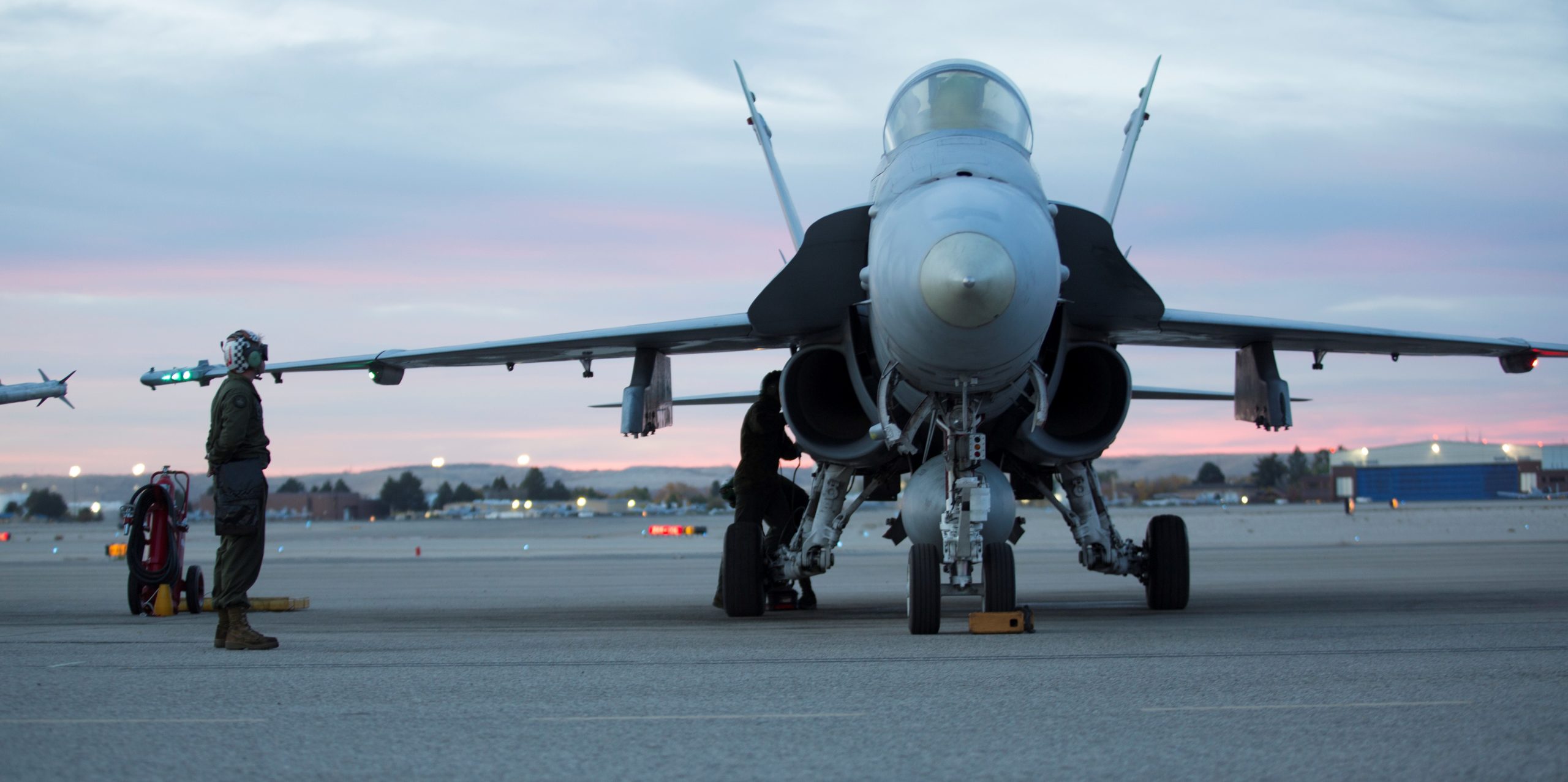
U.S. Marine Fighter Attack Training Squadron 101, Marine Aircraft Group 11, 3rd Marine Aircraft Wing, F/A-18 Hornet, parked next to the Jackson Jet Center, Boise Airport, 19OCT2020. U.S. Marine Corps photo by Lance Corporal Levi Voss.
Boise Airport is also home base for the National Interagency Fire Center, which includes fire fighting water bomber aircraft.
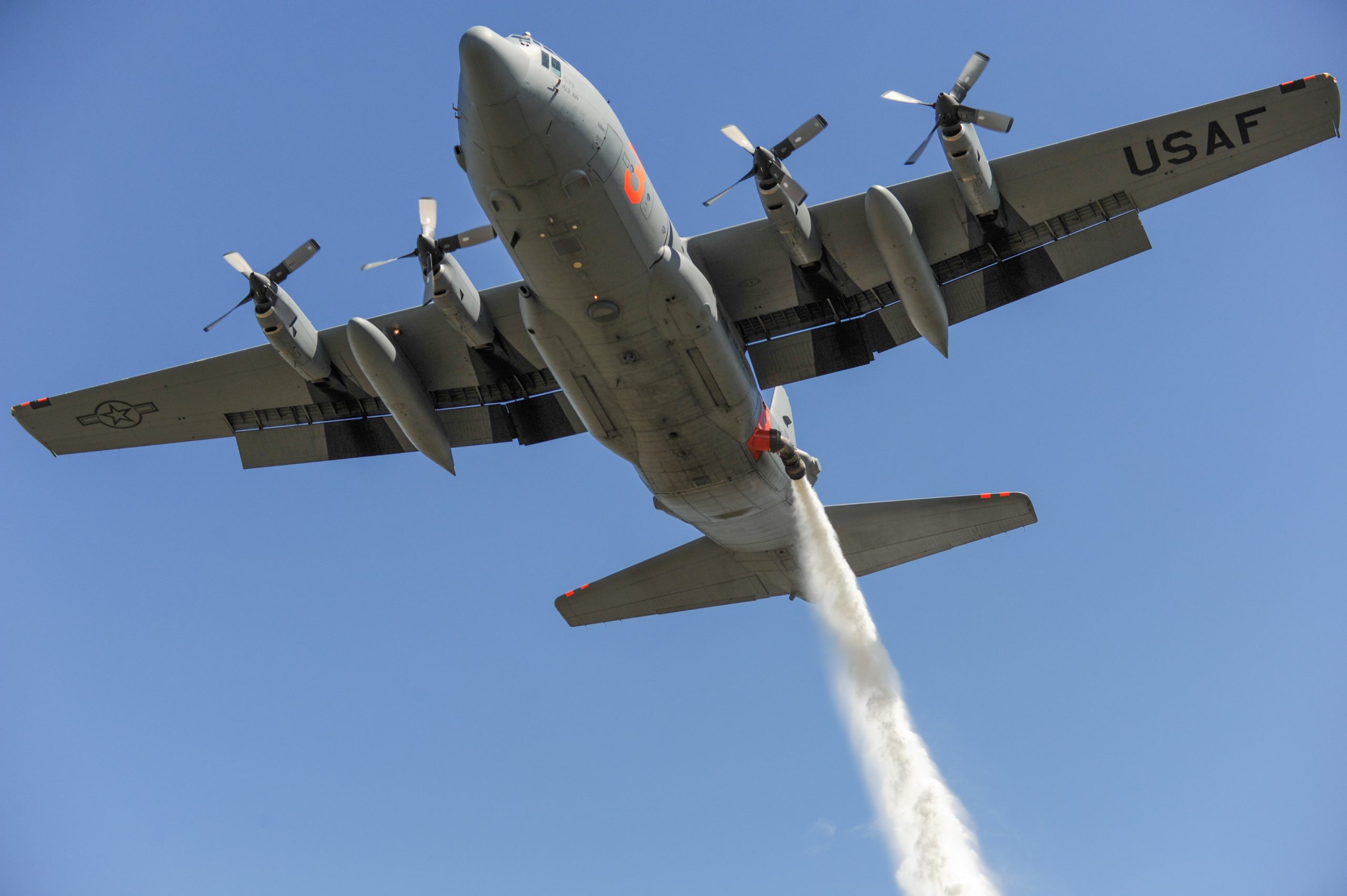
A Wyoming Air National Guard C-130 MAFFS fire fighting aircraft performs a water drop east of Boise, 21APR2017. Wyoming Air National Guard photo by Maj. Jolene Bottor-Ortiona.
Elmore County is home to the U.S. Air Force’s Mountain Home Air Base.
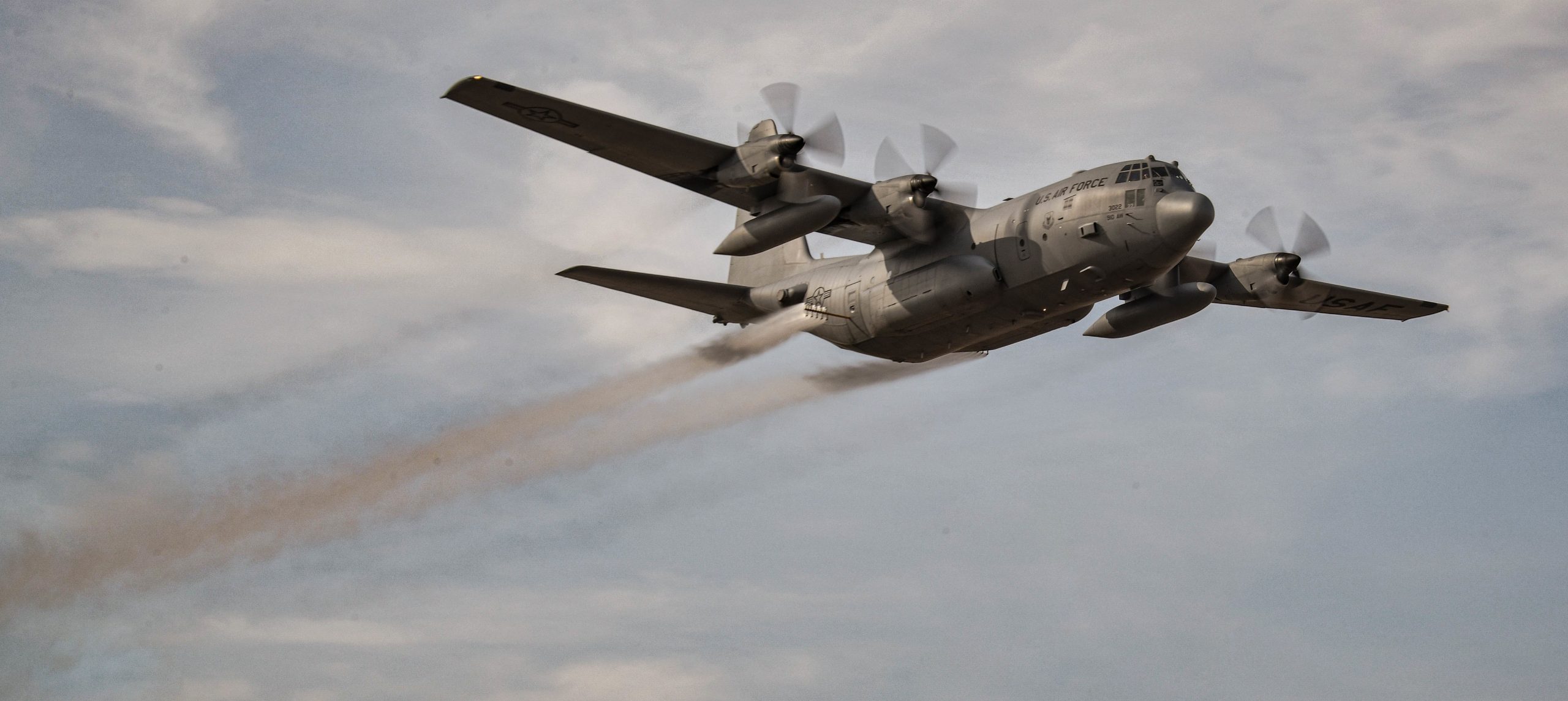
A U.S. Air Force Reserve C-130H Hercules operated out of Mountain Home AFB, spraying plant killing chemicals, 23SEP2020. It was an attempt to reduce wildfires by killing-off Cheatgrass. USAFR photo by Senior Airman Christina Russo.
This is important in regards to air pollution as many studies have shown that the true air polluters in metro areas are busy airports (according to one rabid environmentalist group, global aircraft operations put out enough emissions to be ranked in sixth place behind the top five polluting countries), yet you can’t install emission control devices on a jet turbine, so they continue to blame piston engined ground vehicles which produce only a fraction of the pollution that a turbine can generate upon take-off (this fact was known way back in the 1970s when the environmentalists succeeded in imposing expensive, yet ineffective, emission control devices on your car). Do some research, you might discover that most of the highly air polluted areas of the United States just happen to have a lot of busy airports/military bases.
On October 7th, 2022, the Idaho Department of Environmental Quality (DEQ) announced they would no longer require emission testing in Kuna or Canyon counties. David Luft, a manager with DEQ admitted that “Motor vehicles are becoming cleaner and cleaner burning. They’re manufactured to be cleaner, so emissions testing program isn’t as effective as it used to be in the past.” Heck, even jet turbines have become more cleaner burning since their invention way back in the 1930s-40s. It is not just the motors becoming cleaner burning, the fuels themselves are being refined, within the U.S., to a standard that makes them burn cleaner than they did 50 years ago (and this is outside of California’s police-state environmental regulations).
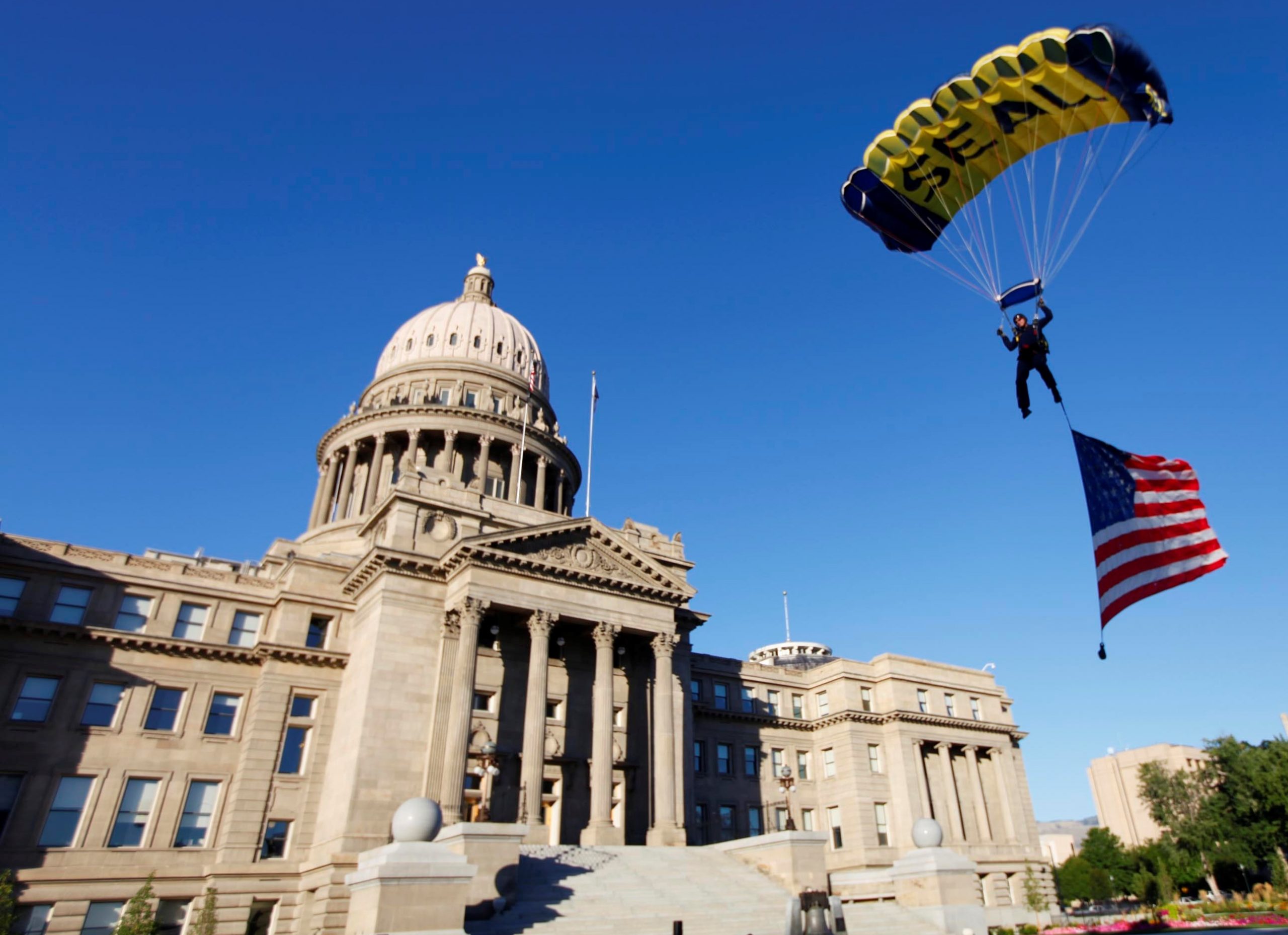
A U.S. Navy parachutist jumped from a perfectly good airplane, into the relatively (compared to other U.S. metro areas) clean air over Boise, 25AUG2010. U.S. Navy photo by James Woods.
But in the state capitol of Boise, in Ada County, emission testing will continue because it is a city law! Despite it being city law, state DEQ officials are pushing Boise officials to end that law, especially since the state legislature ended state level emission testing back in March!
So far the only people protesting such a move are the owner/operators of emission testing stations, many of those testing stations are actually mobile vans.
David Luft also admitted that air pollutants in Idaho have been on the decline for years and that it will continue to decline even without emission testing: “Even without that program, on-road-motor-vehicle emissions will continue to decline through 2040.”
However, in 2020 Idaho was ranked as having the highest percentage increase in carbon emissions, but that was blamed on all the new people moving to the Boise area, and it was pointed out that Idaho’s air is so clean to begin with that any increase looks bad: “Idaho is one of the fastest-growing states. And you’re going to see… some level of increased carbon emissions….. Since Idaho is already starting with low carbon emissions, a relatively small increase results in a higher percentage increase.”-Tiffany Floyd, DEQ
WHY ARE U.S. TAXPAYER FUNDED HUMANITARIAN RATIONS BEING SOLD TO THE PUBLIC IN IDAHO?
2021: CANADIAN GOLD-DIGGERS ALLOWED TO RIP-UP IDAHO FORESTS!
MEXICAN DRUG WAR TARGETS SOUTHEAST IDAHO, MORE THAN 200% INCREASE! CONNECTION TO PANDEMIC?
2019:
2016: “IT’S PART OF OUR NEW BUSINESS MODEL…” IDAHO HIT WITH SKYROCKETING POOR U.S. MIGRANTS!



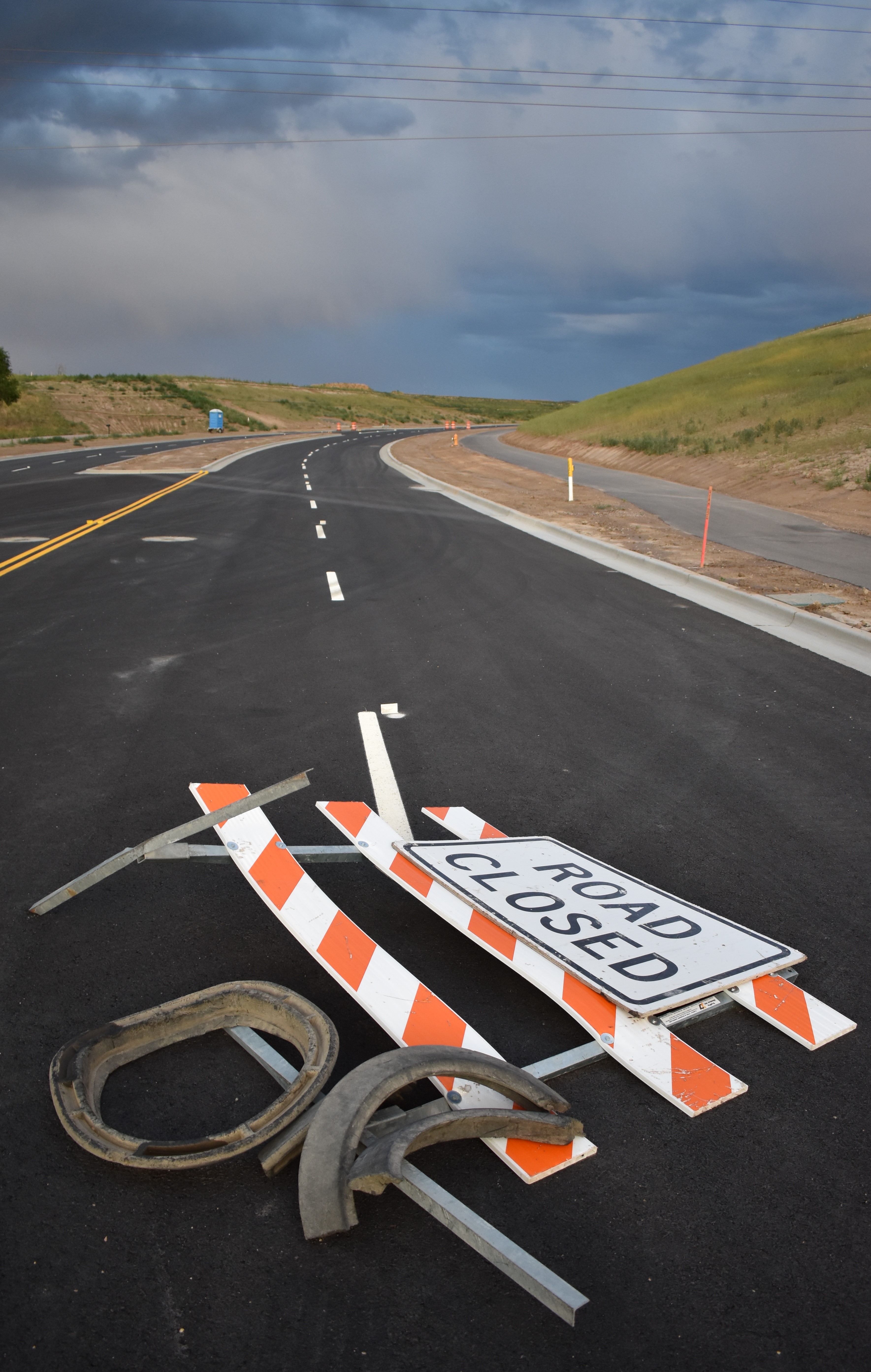

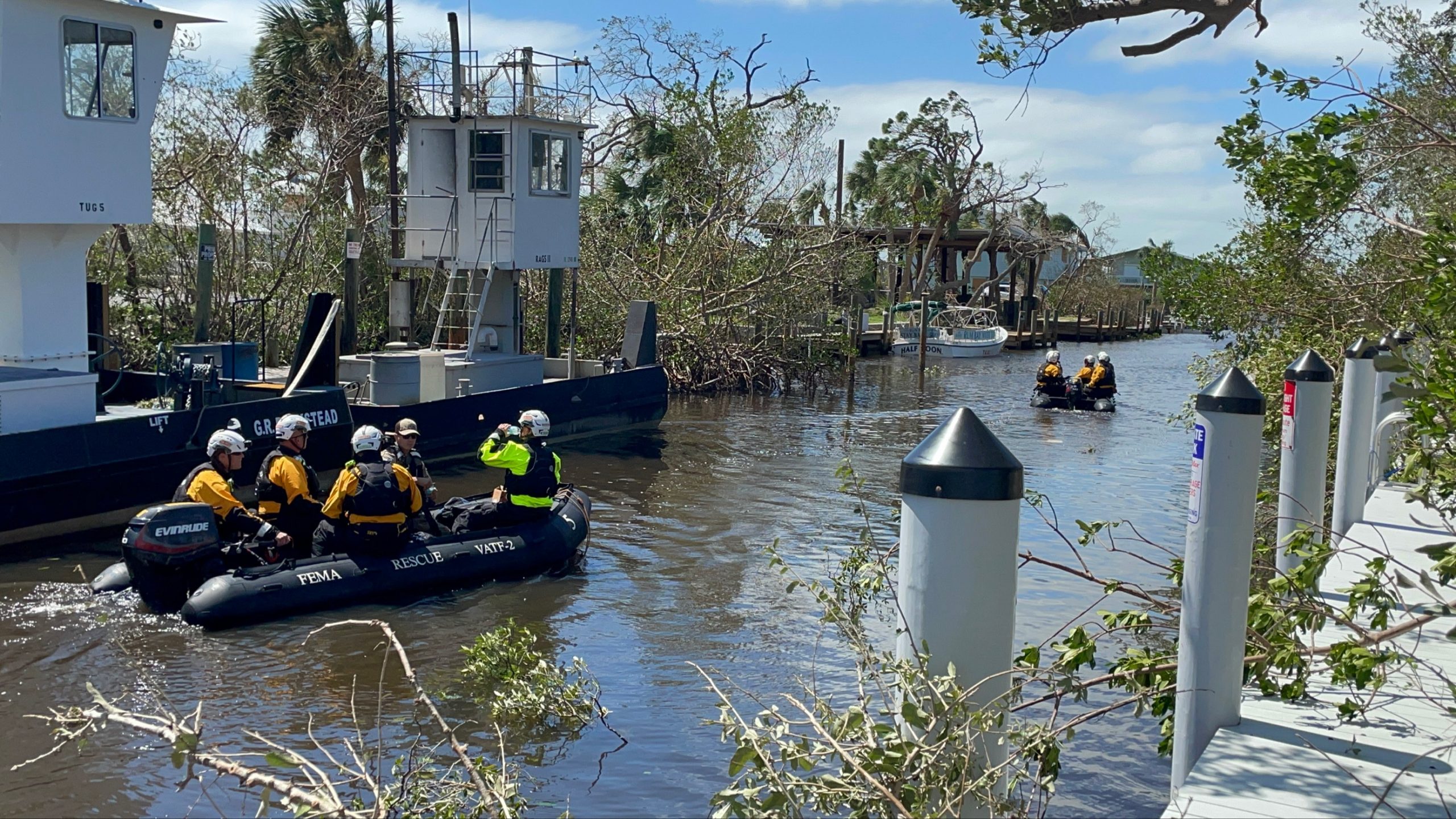
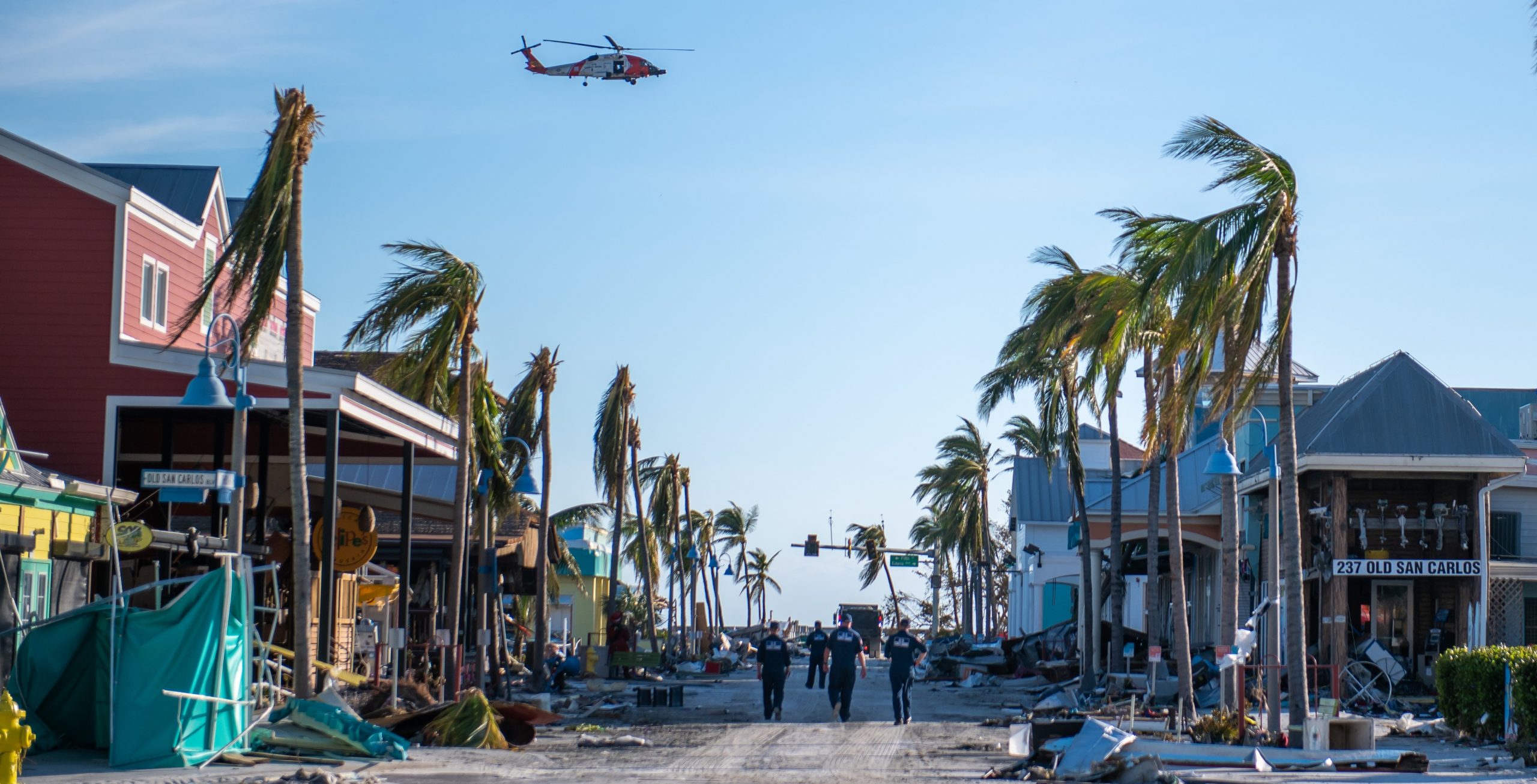
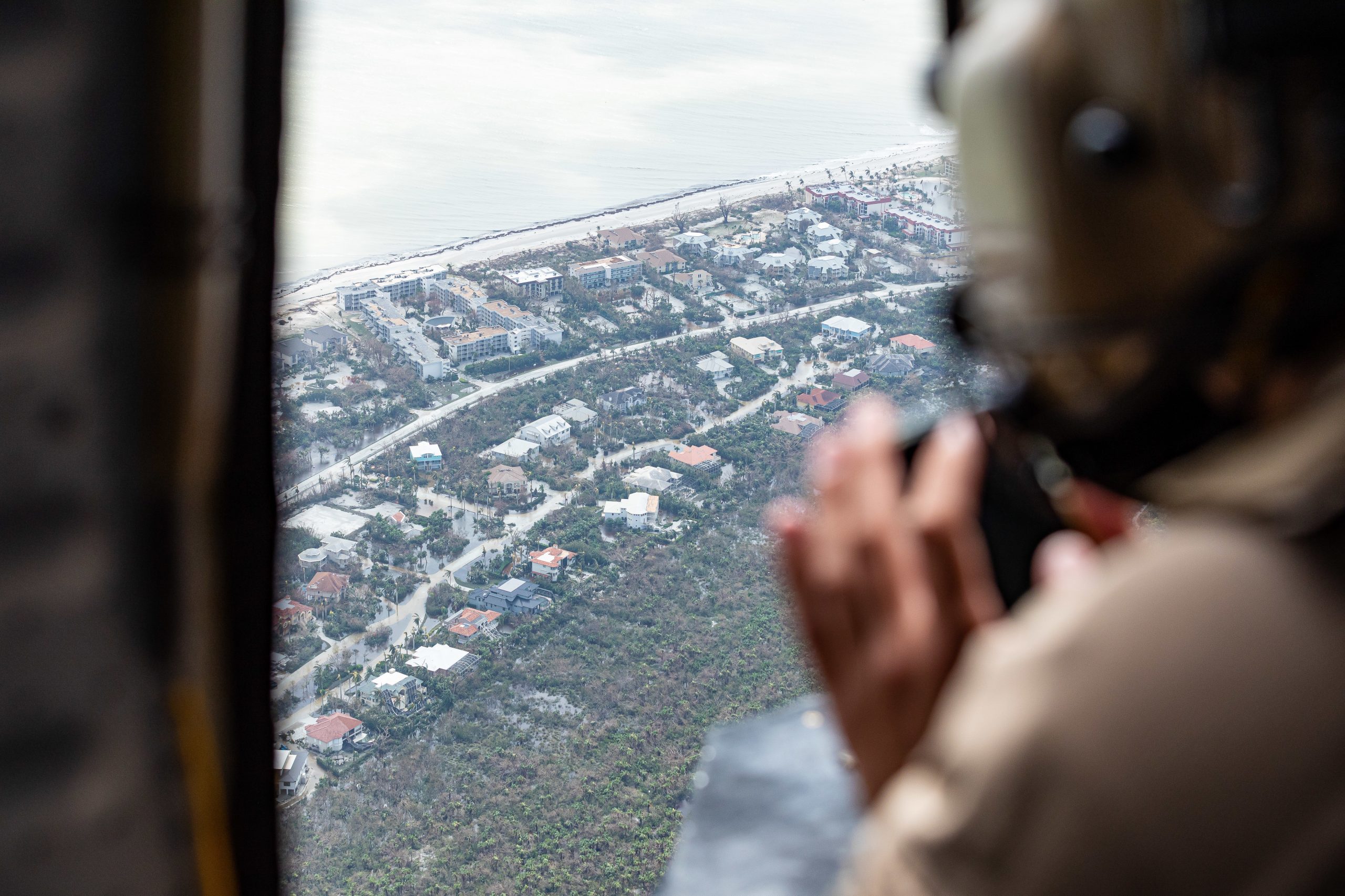
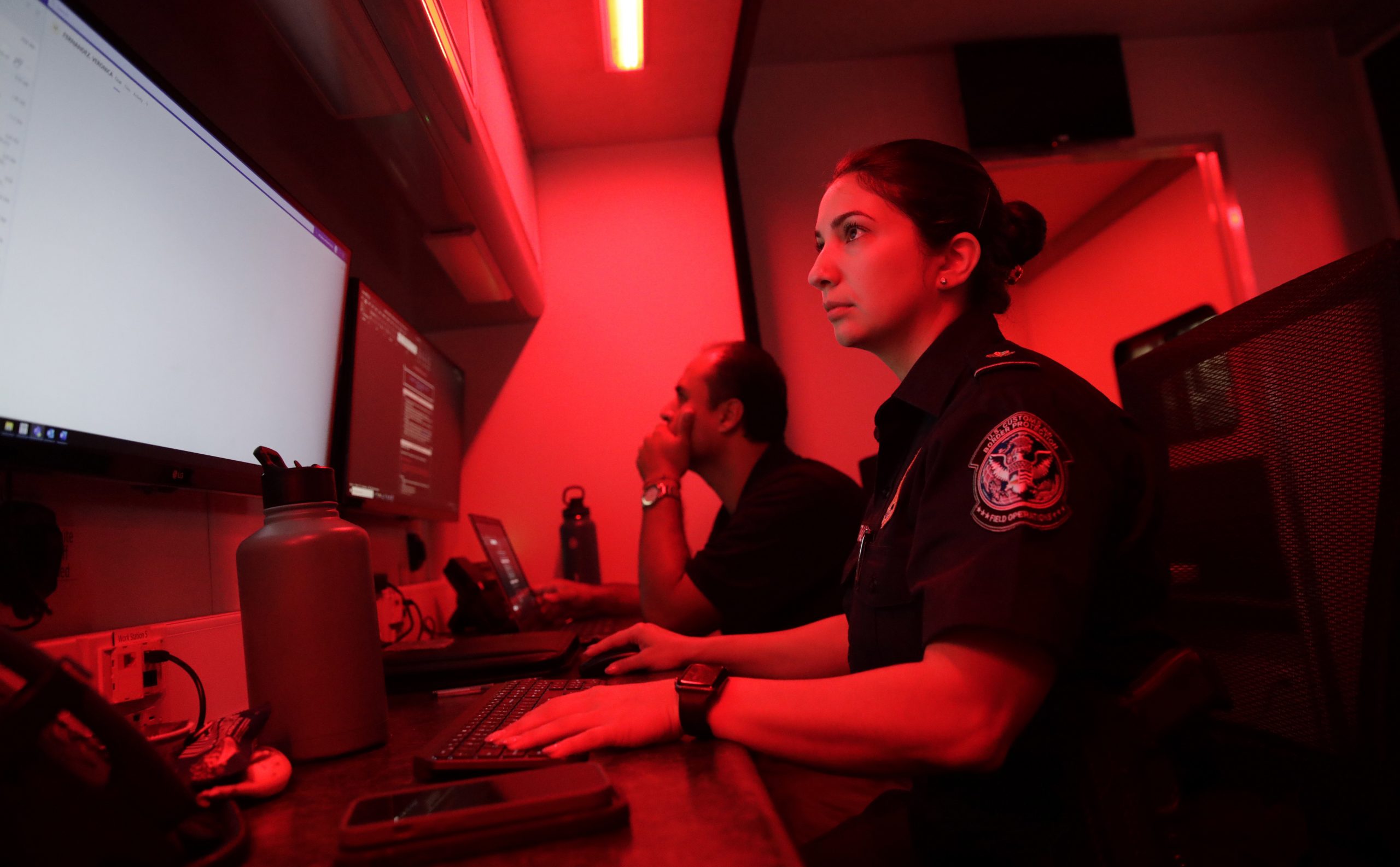
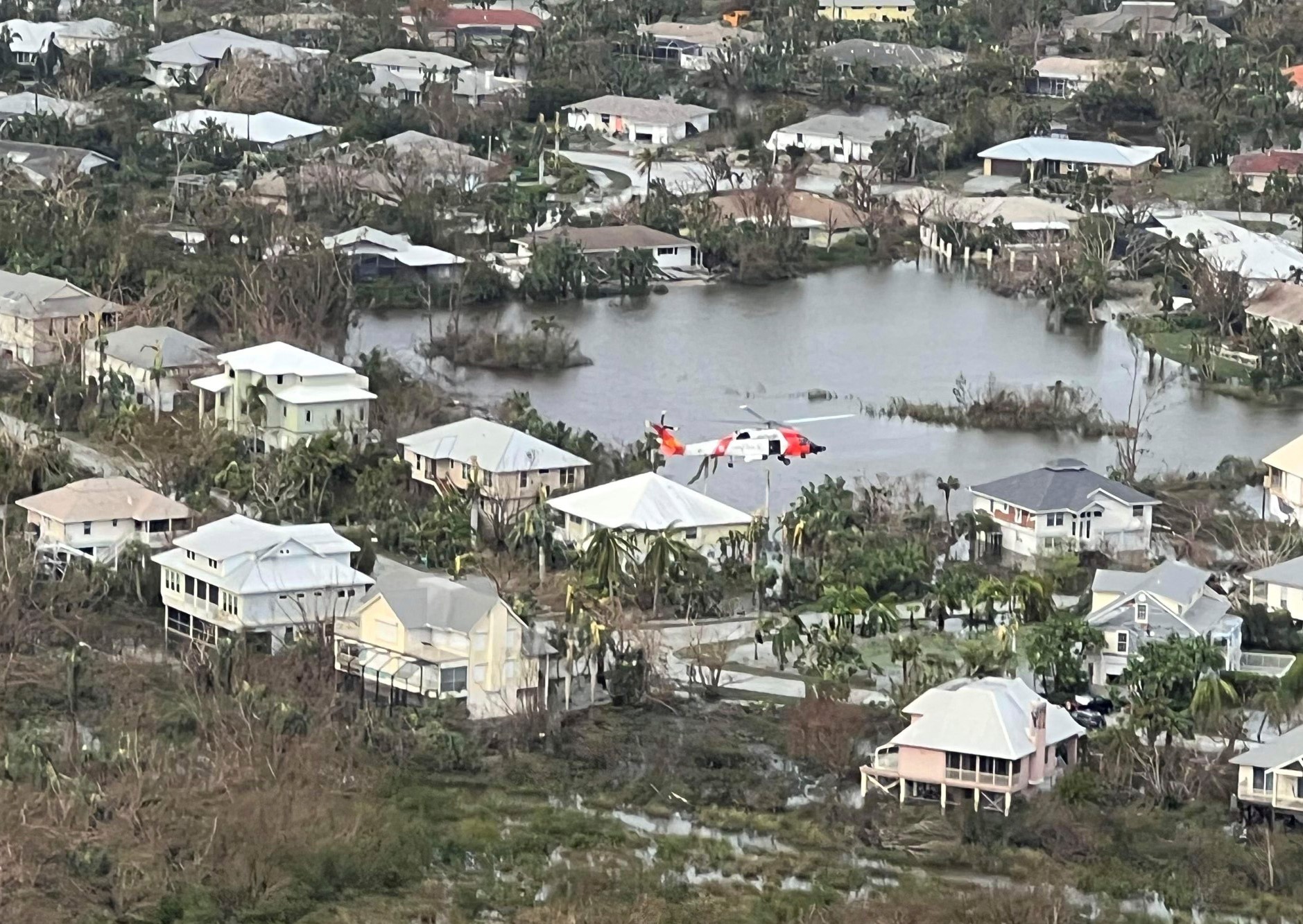
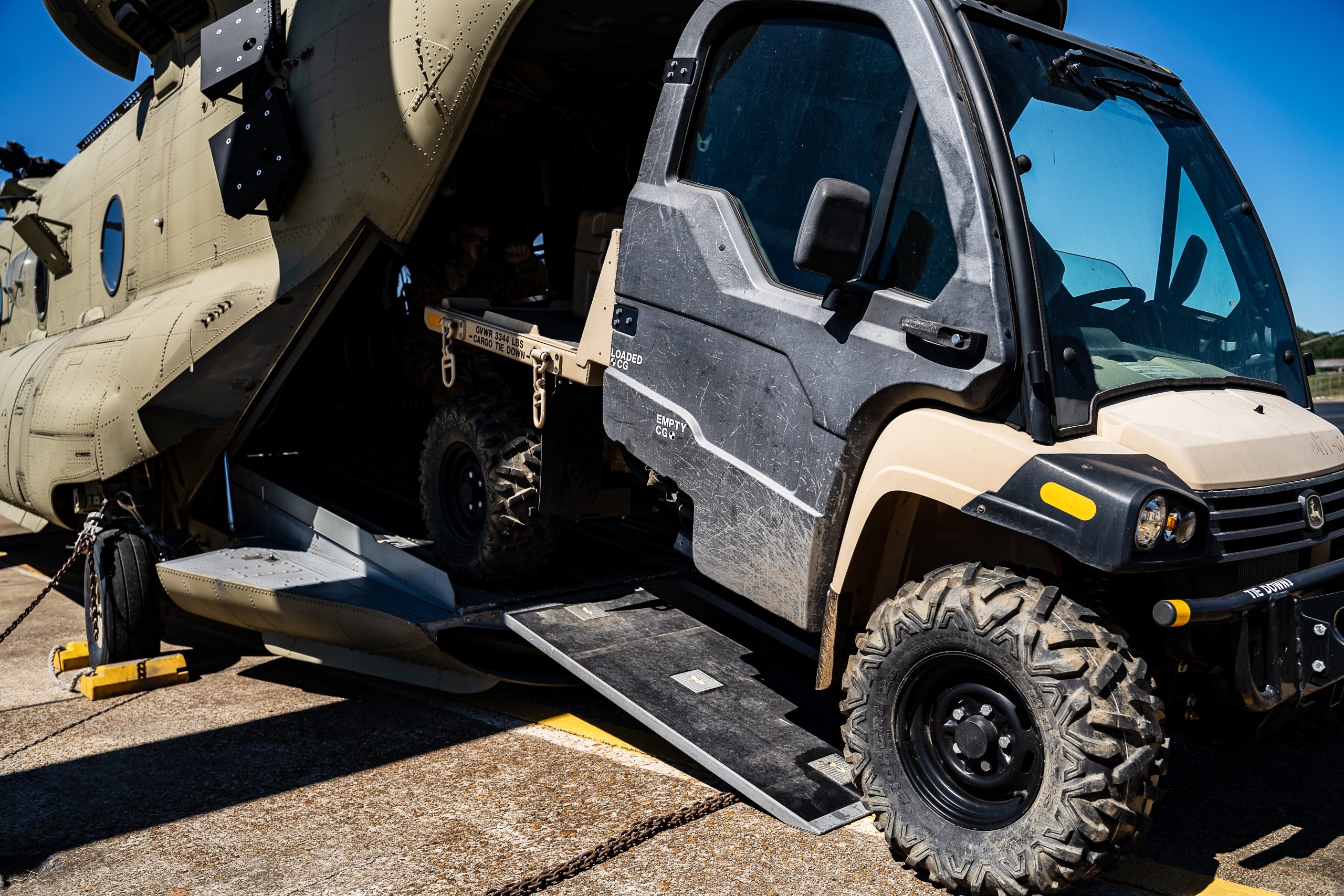

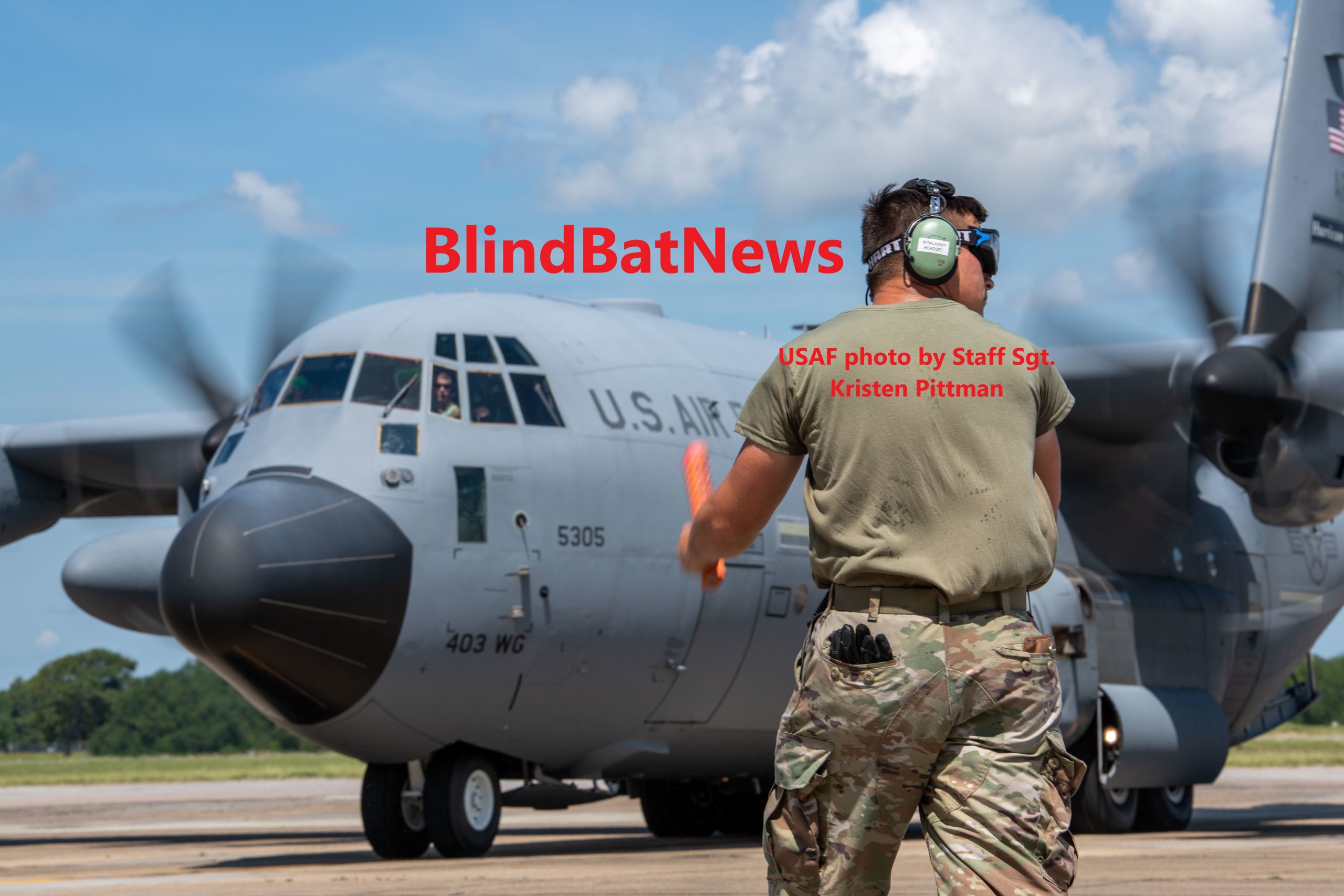

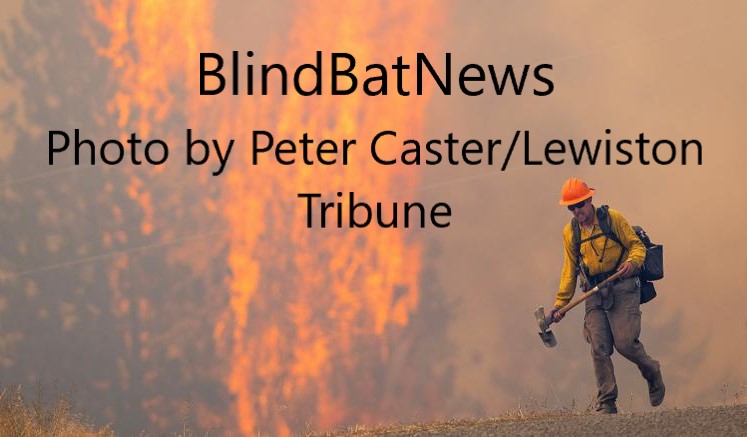
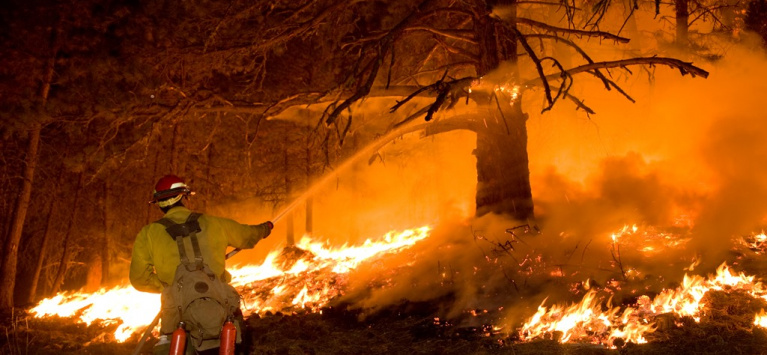
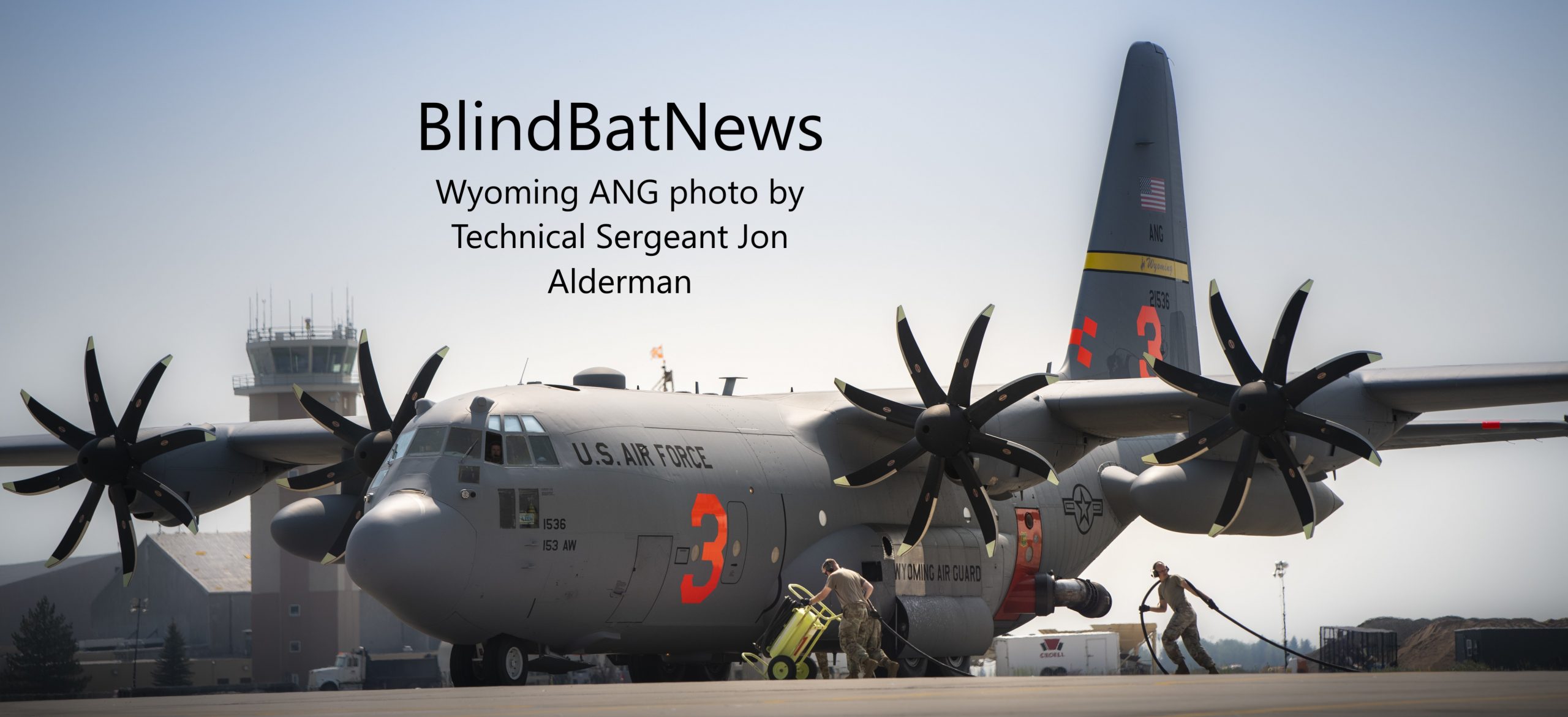
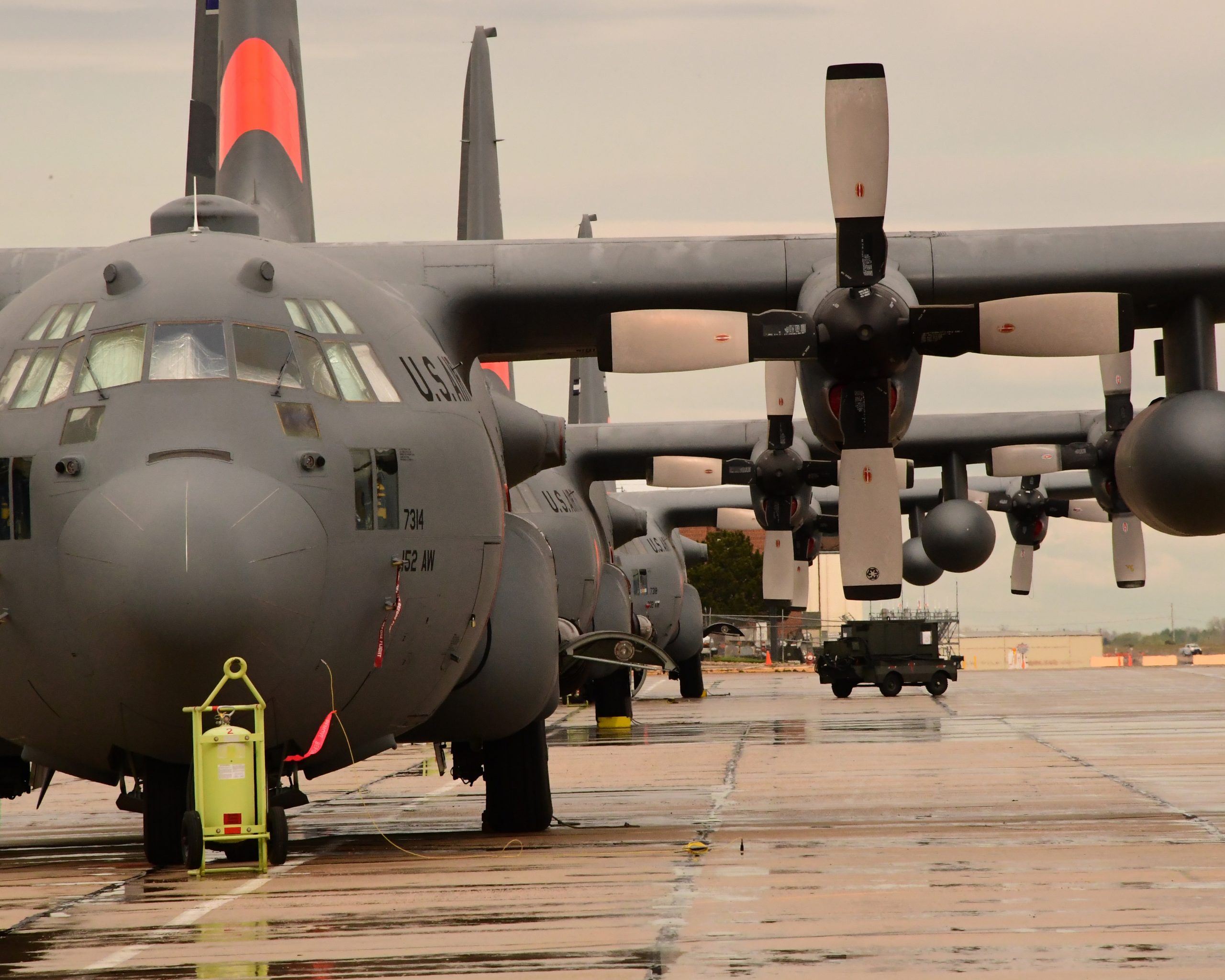

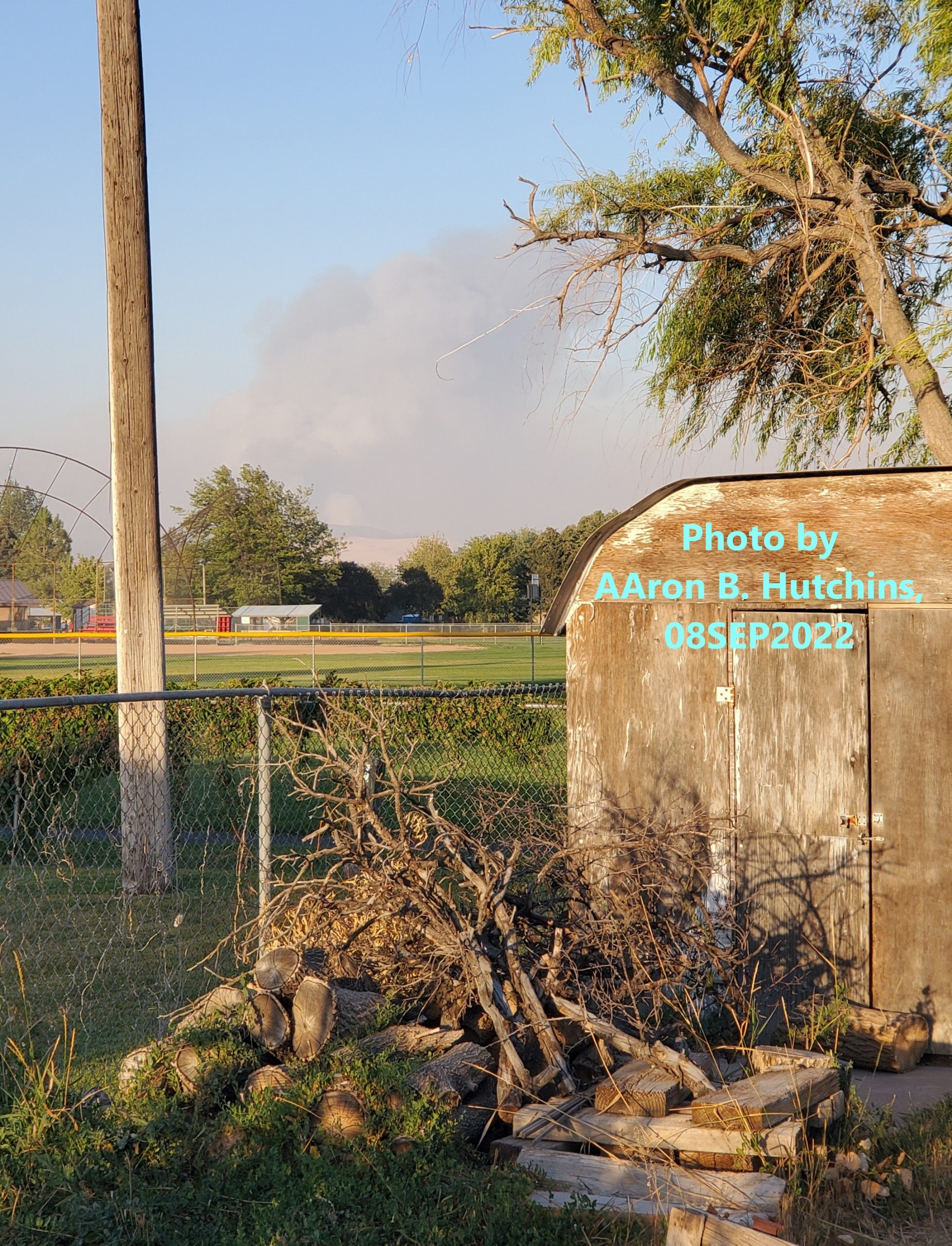
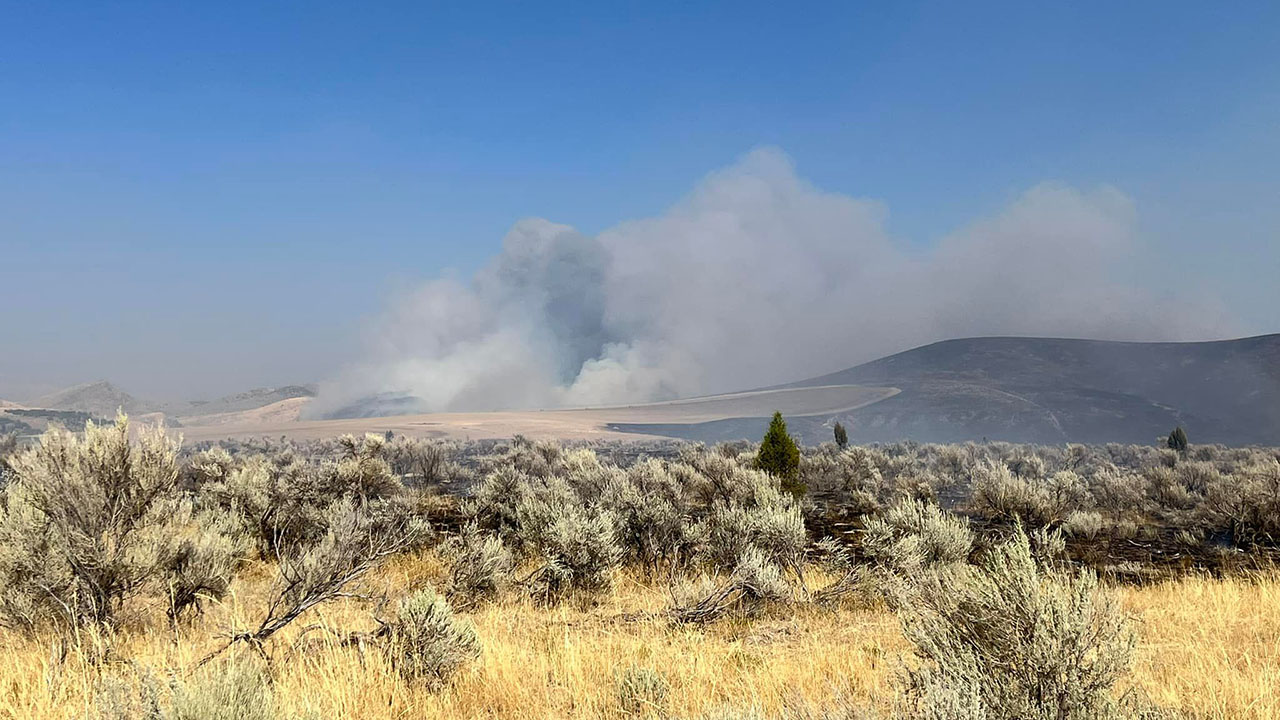
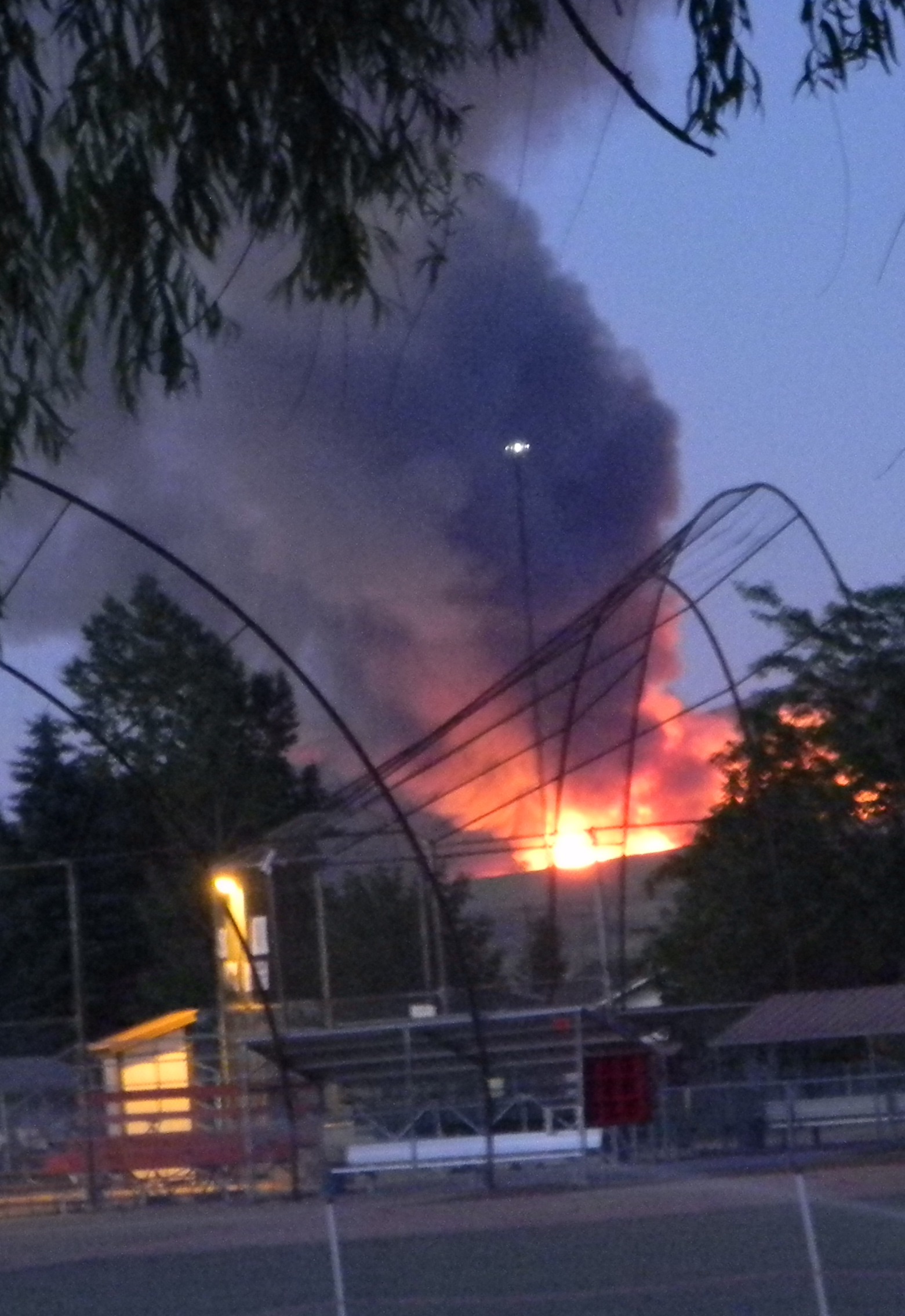
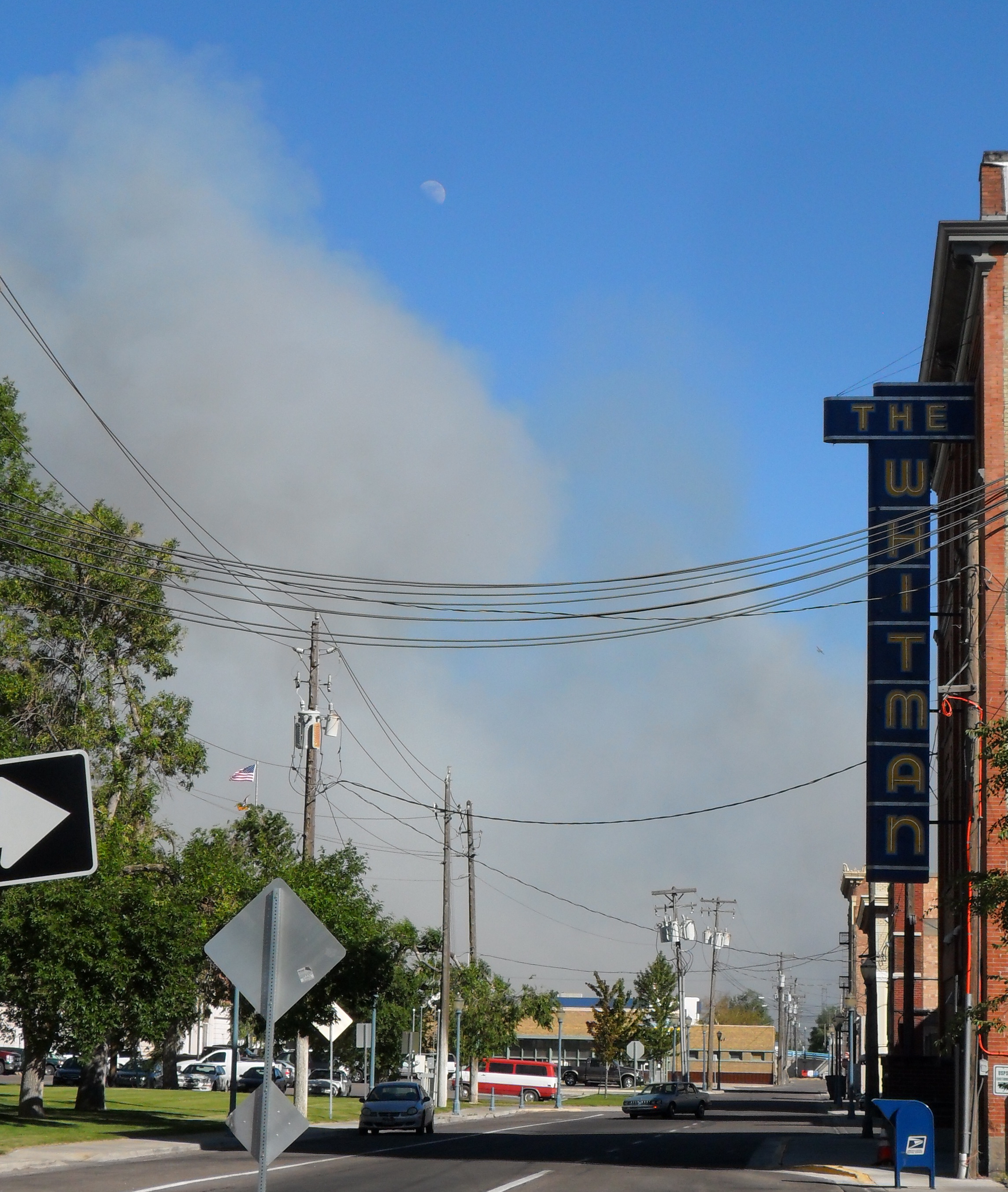

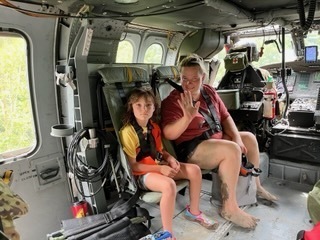
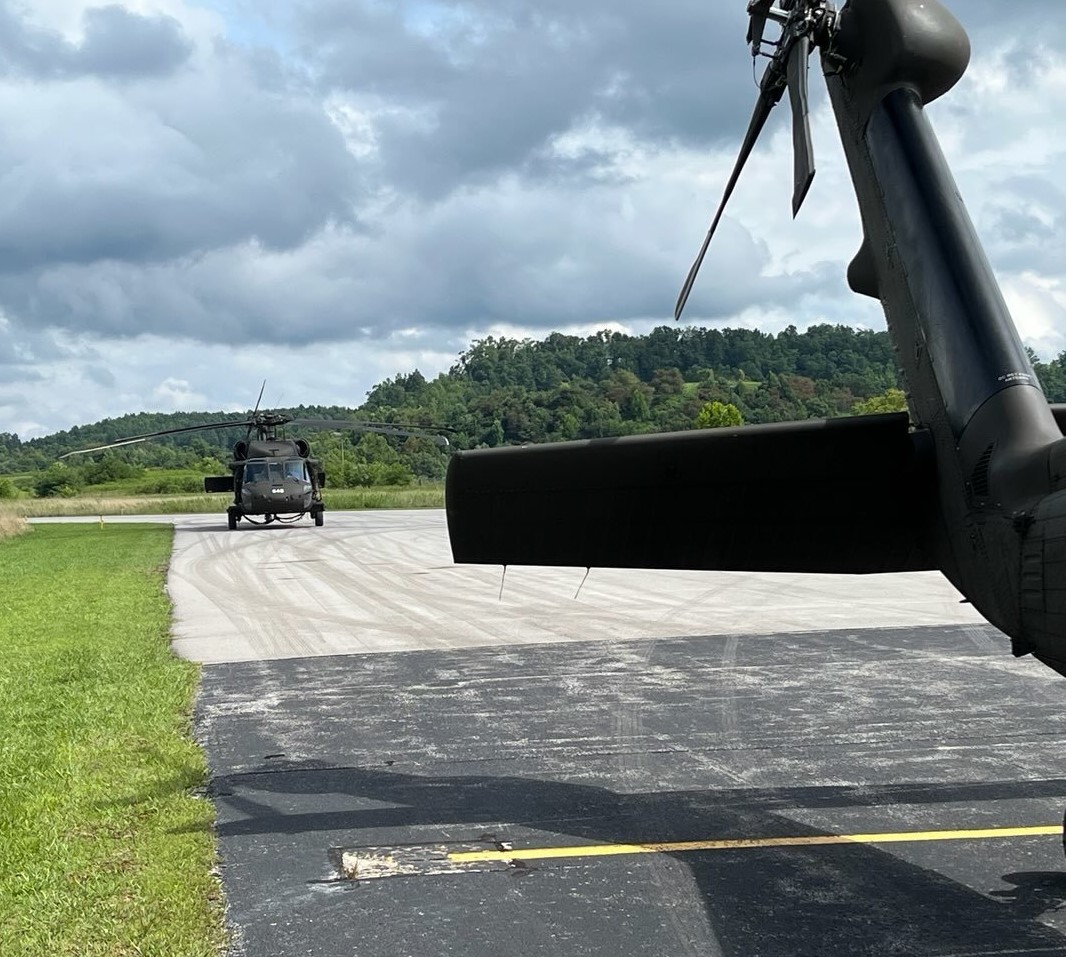
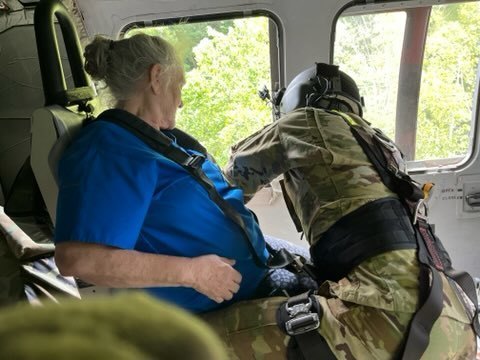
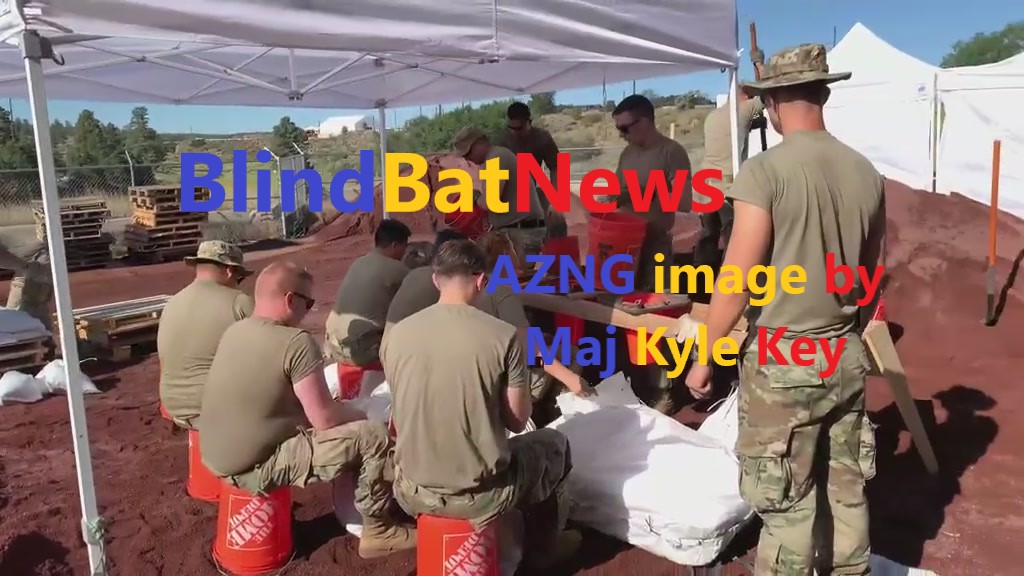
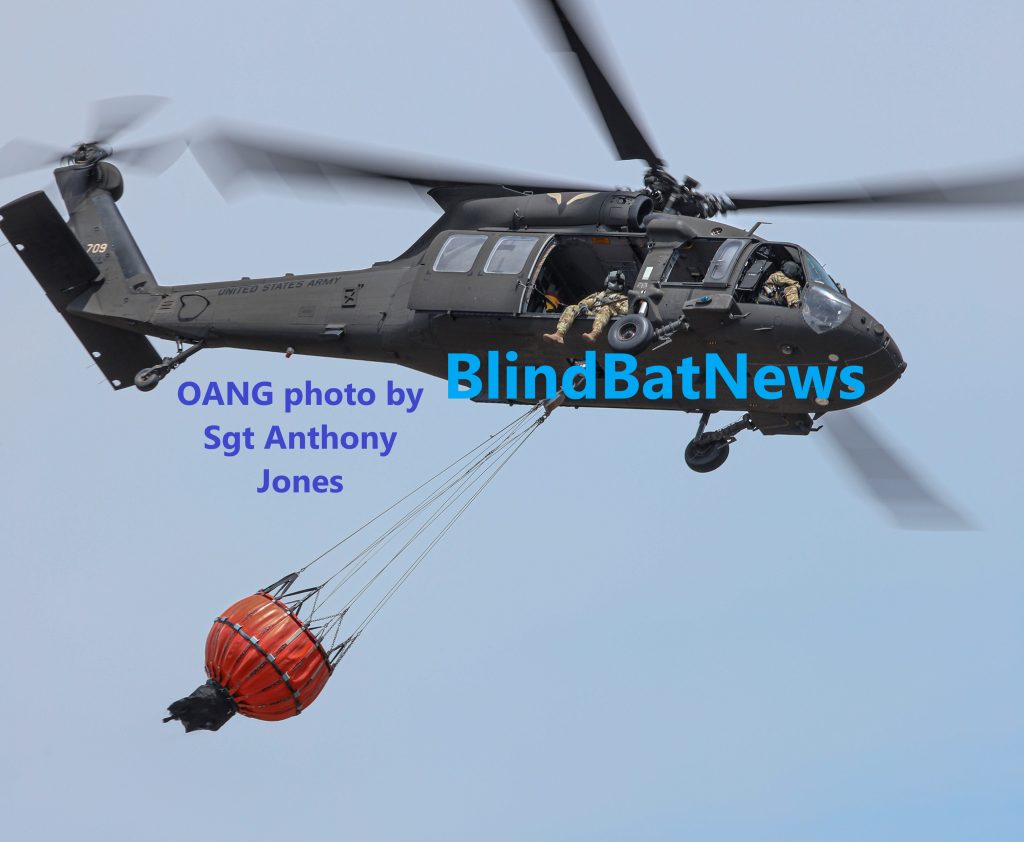

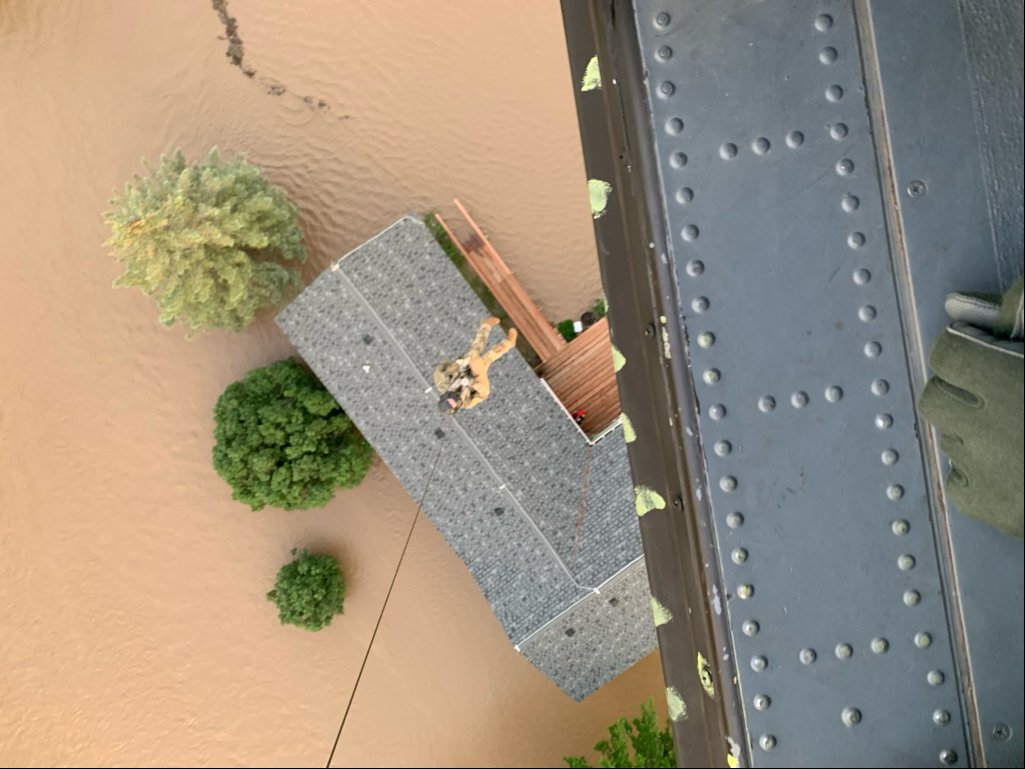
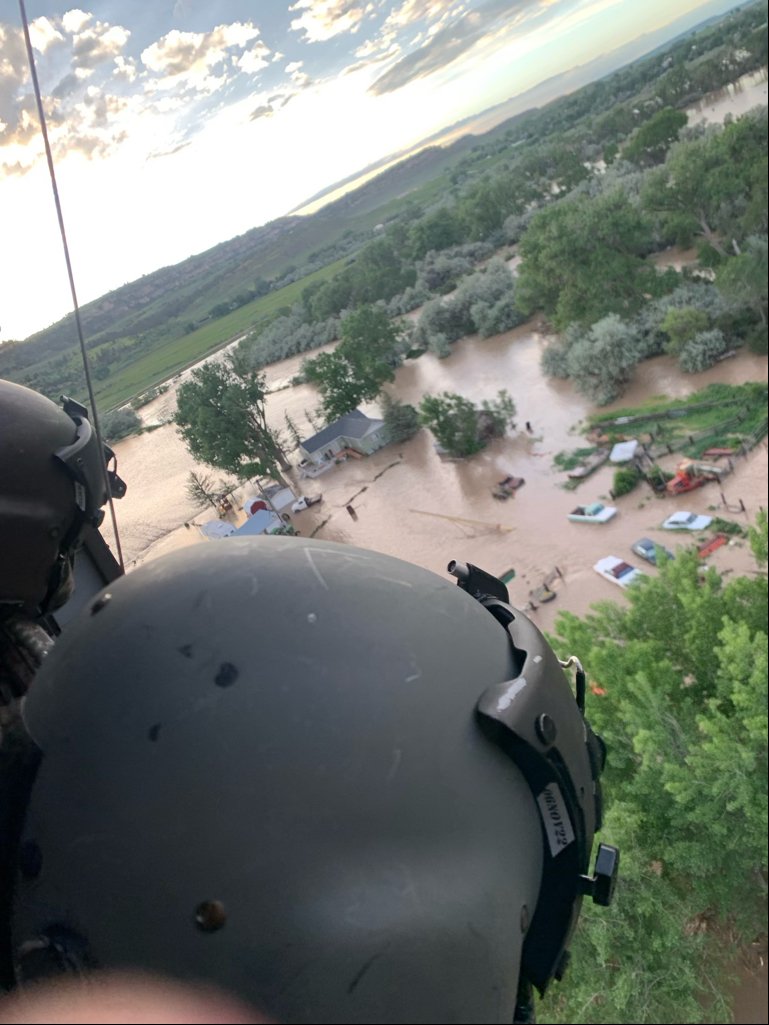
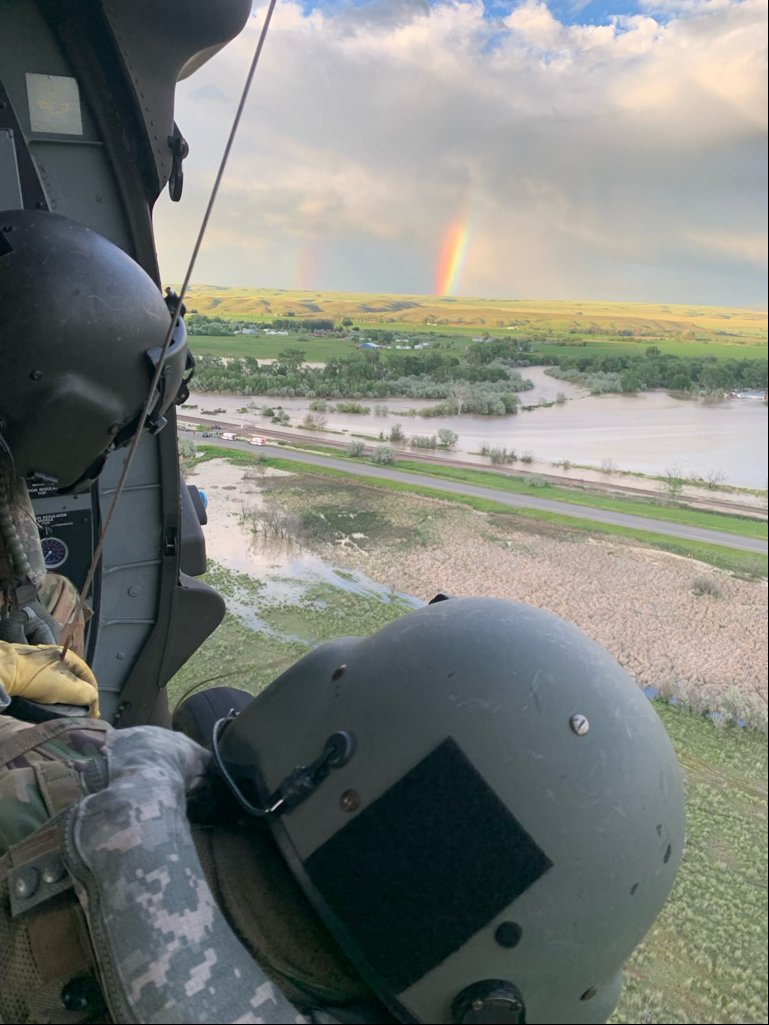
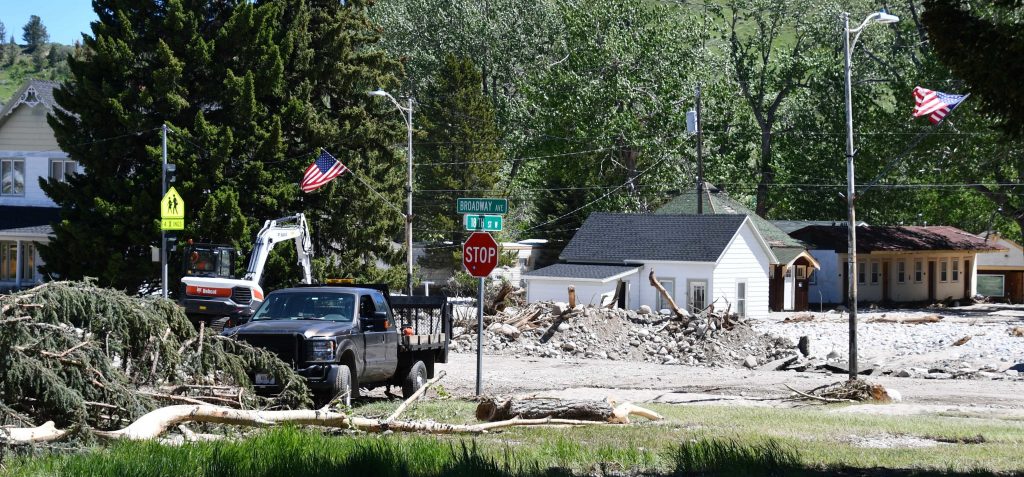
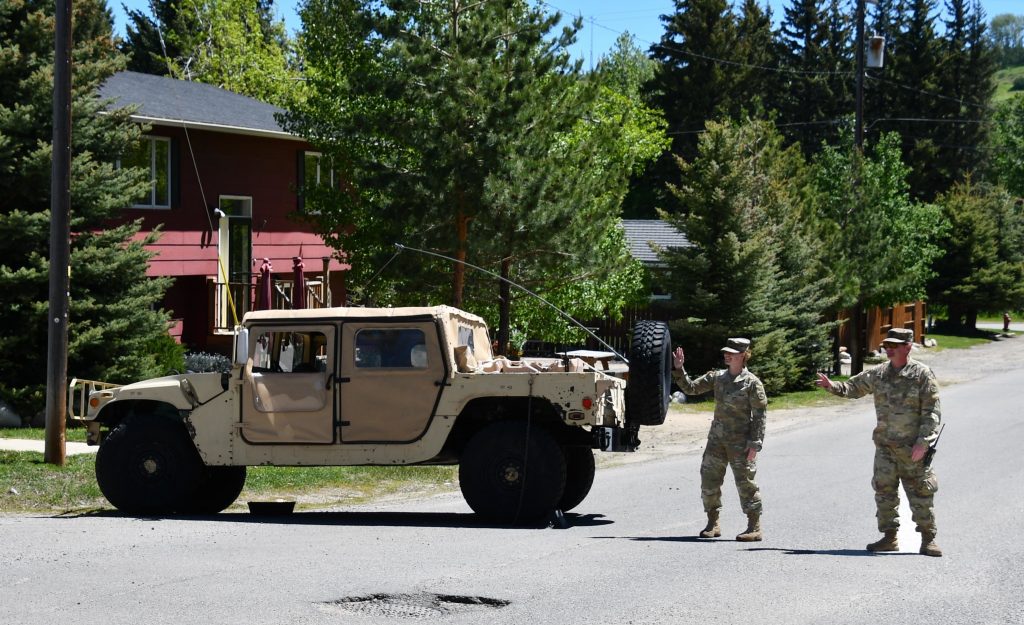
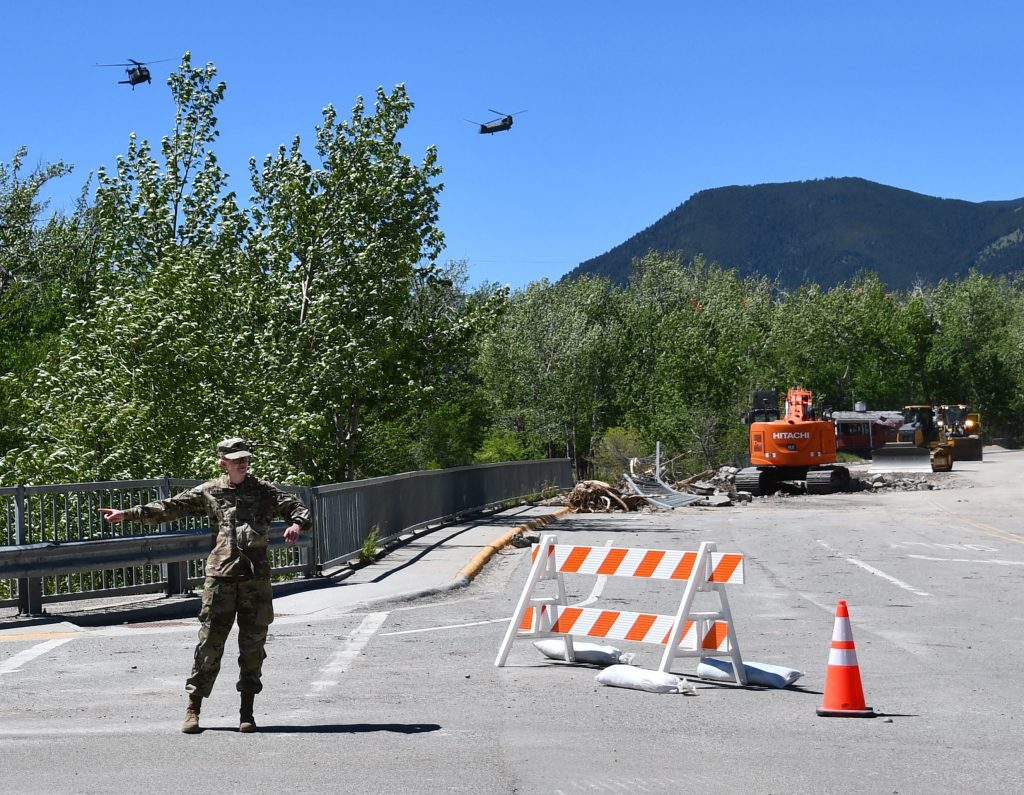
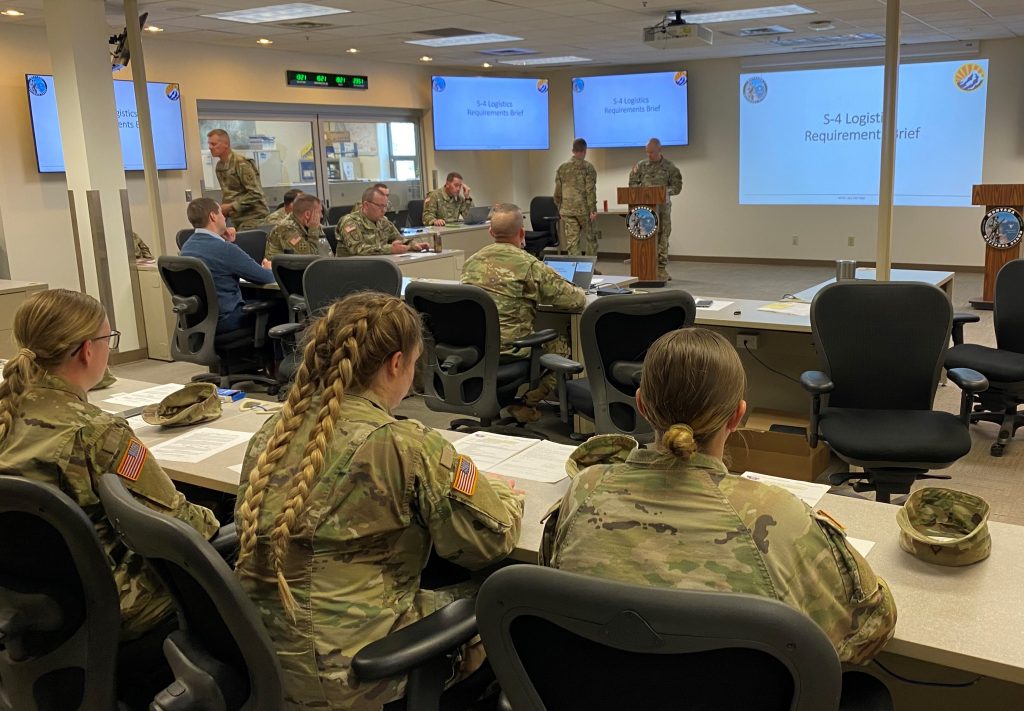
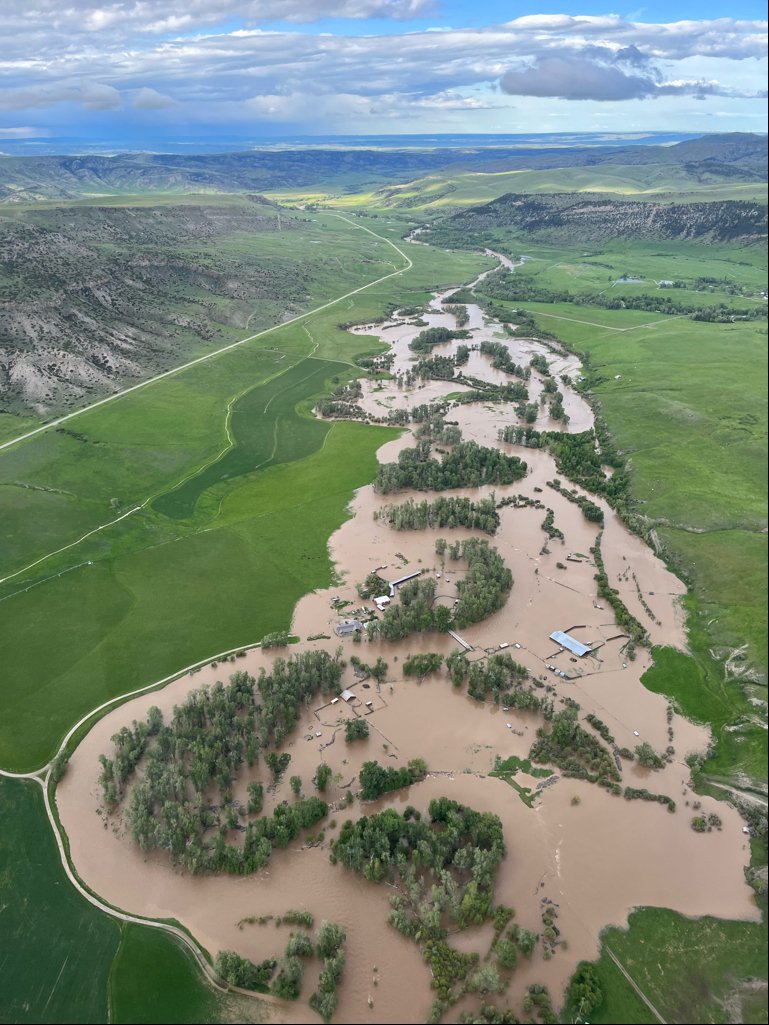
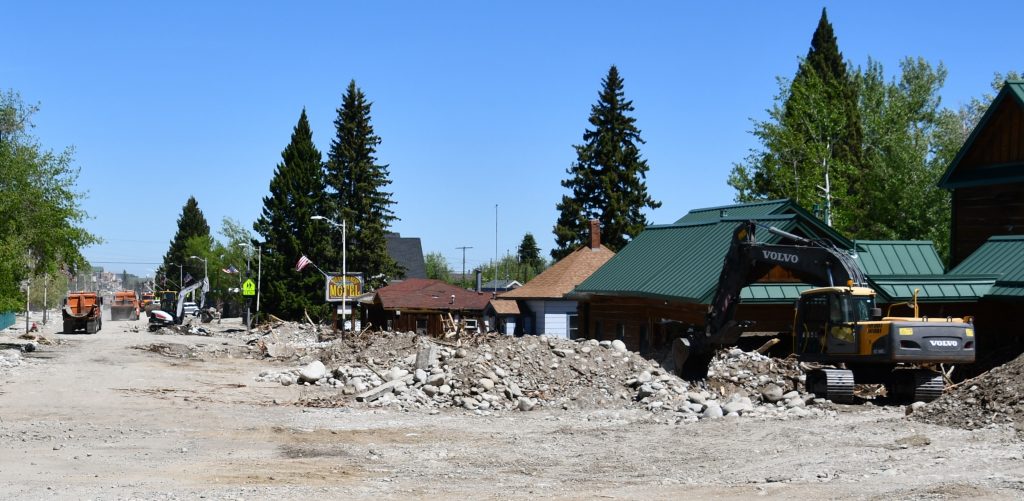
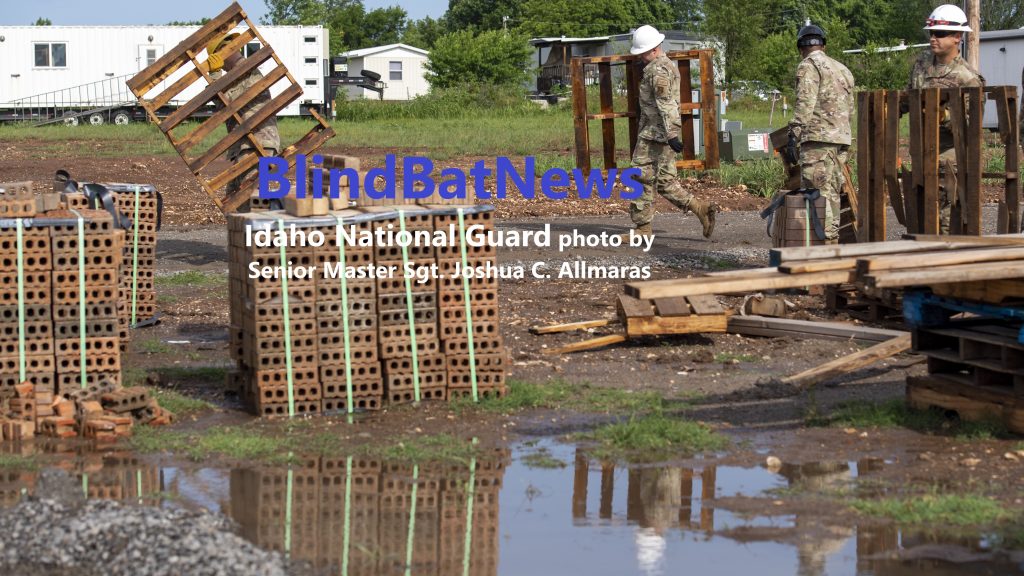
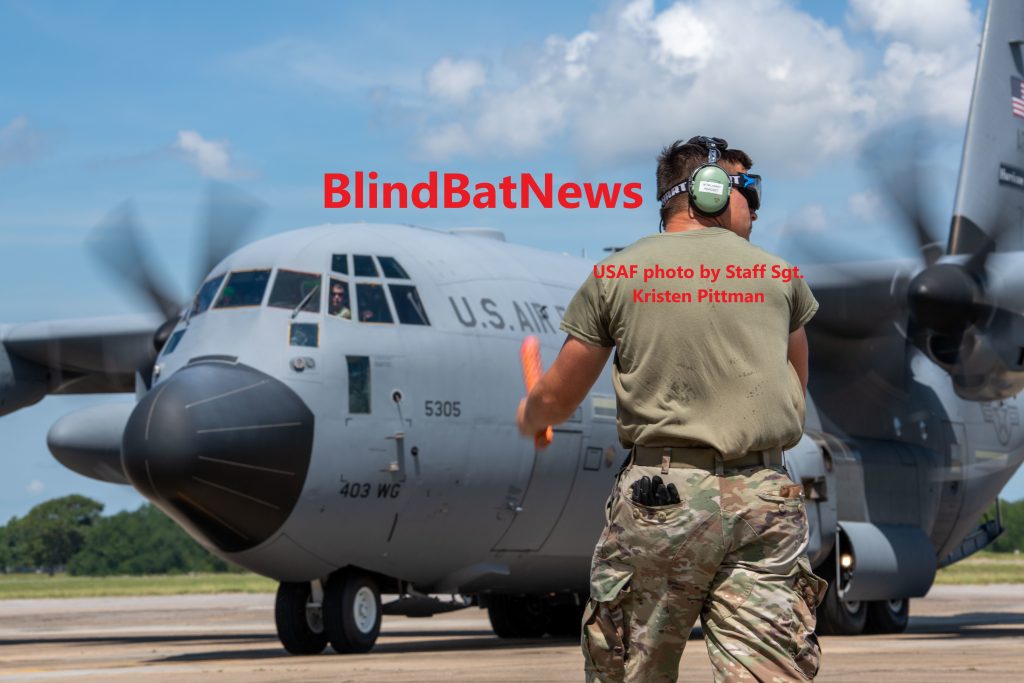

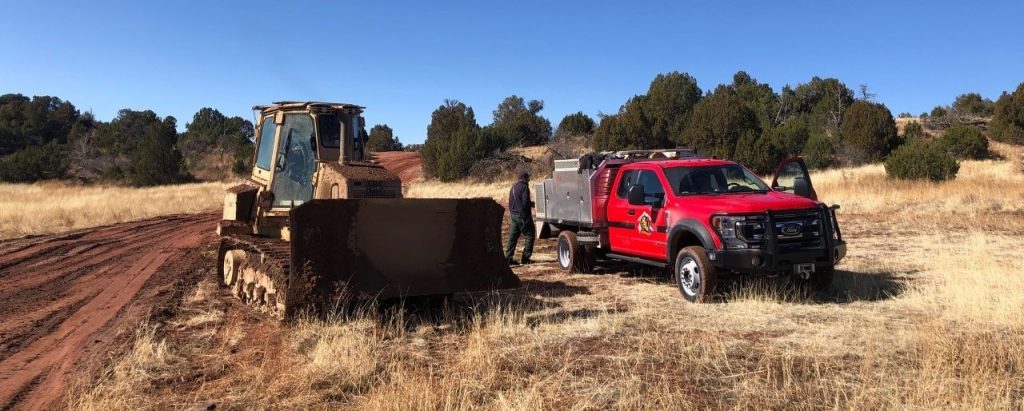
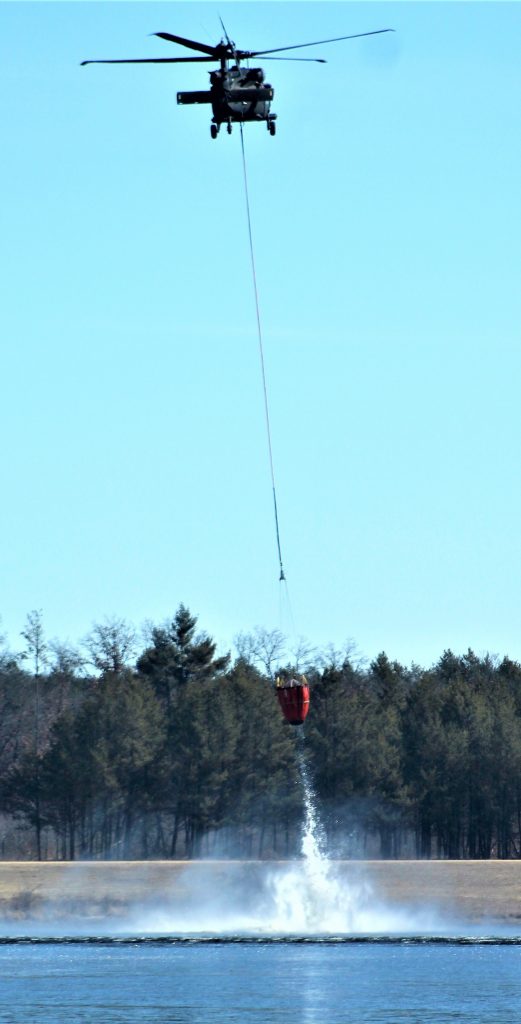
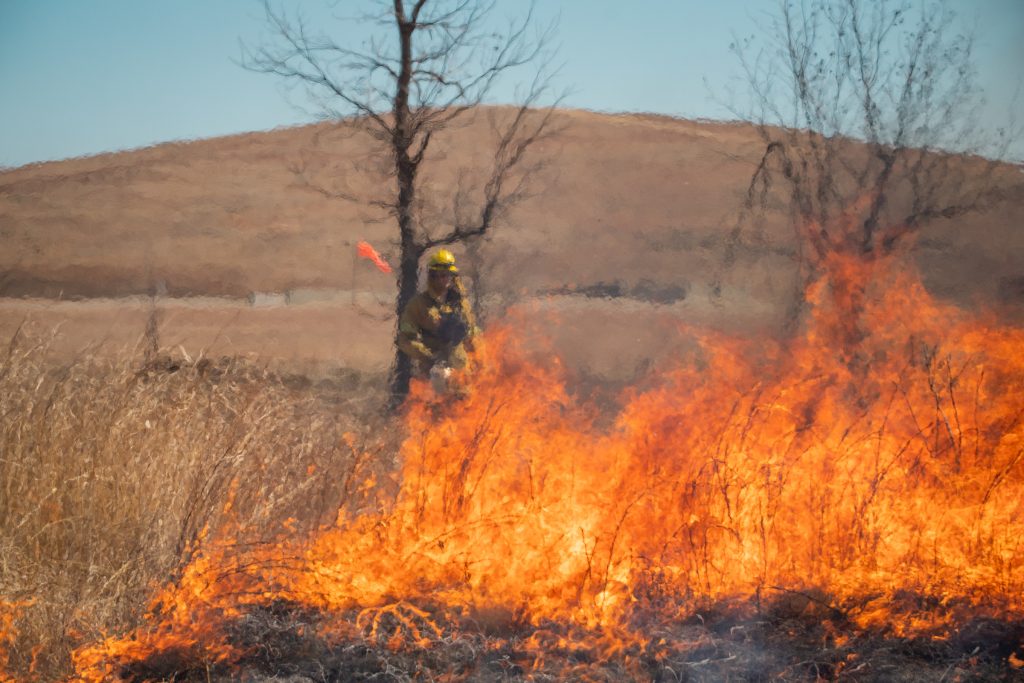
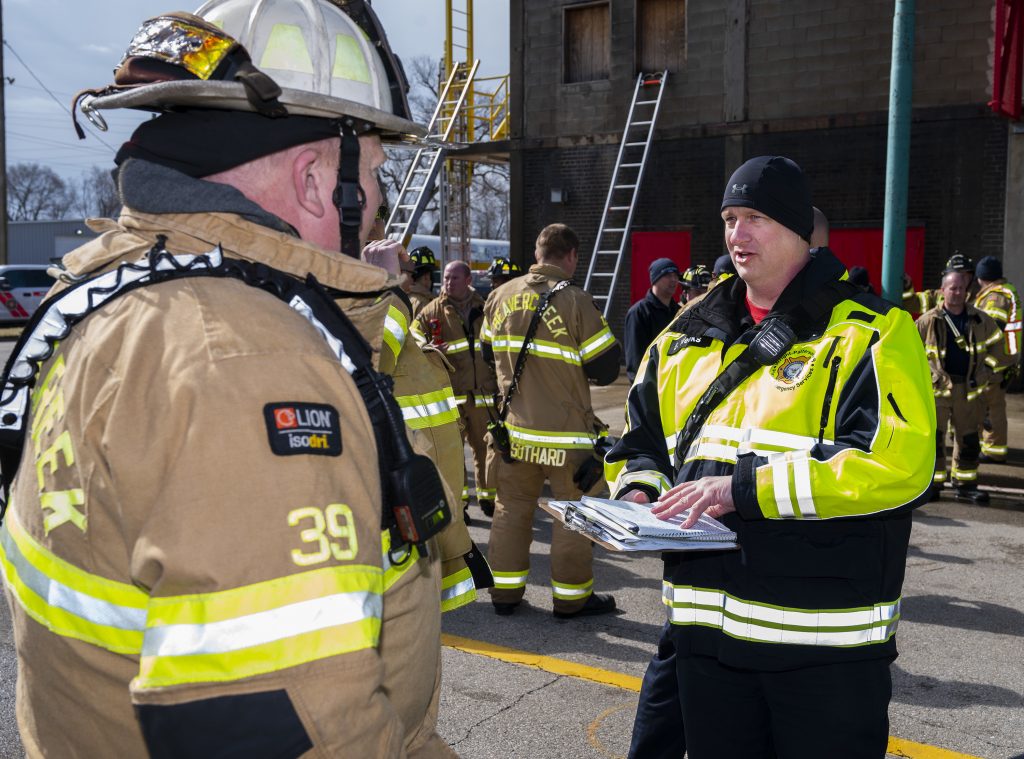
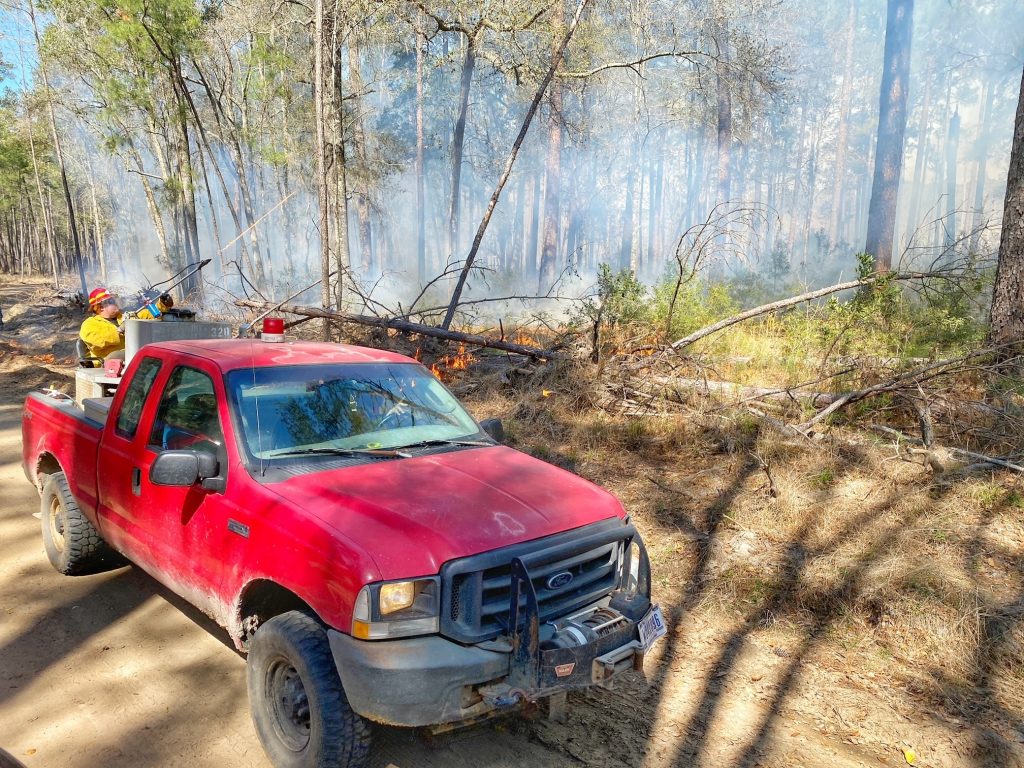
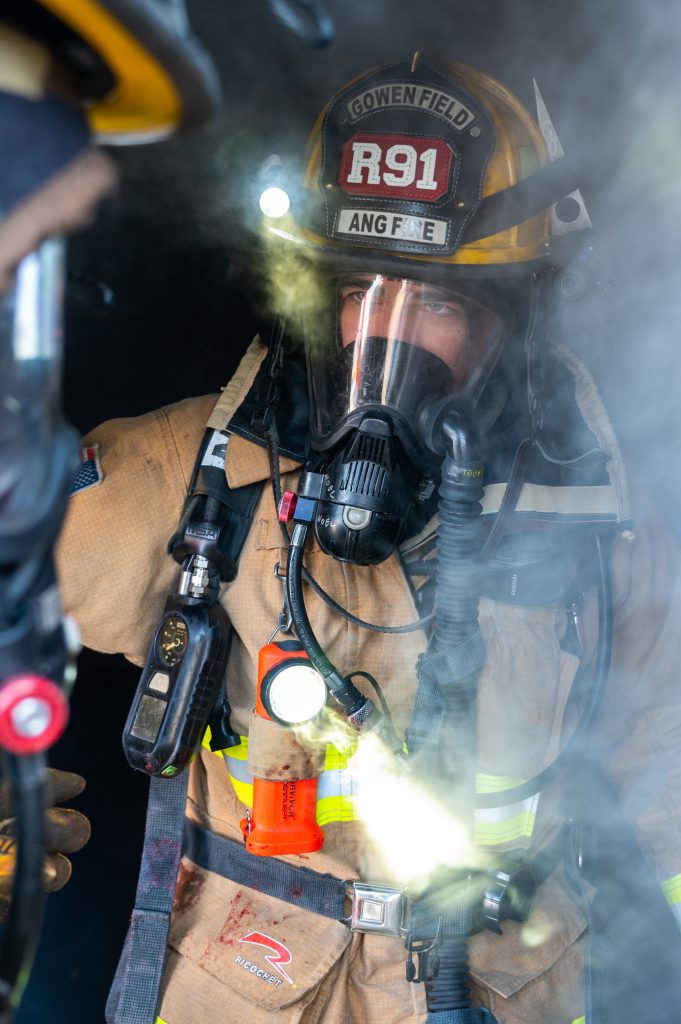
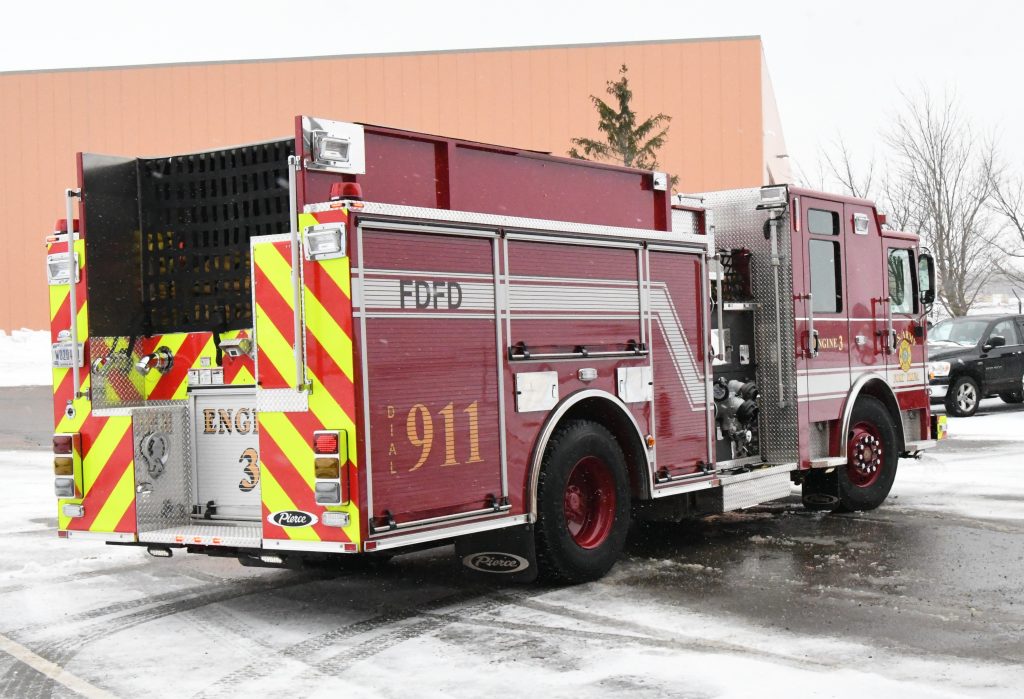
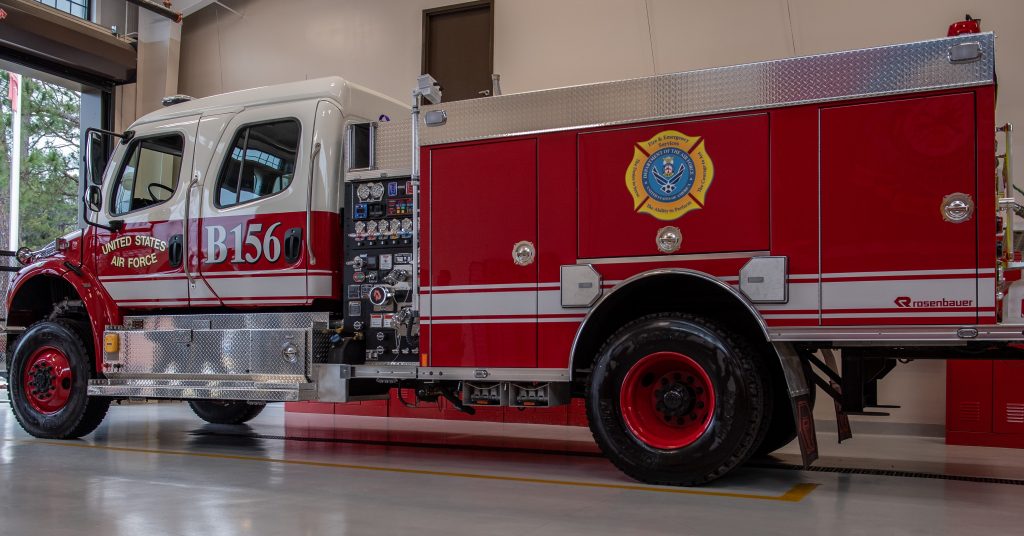
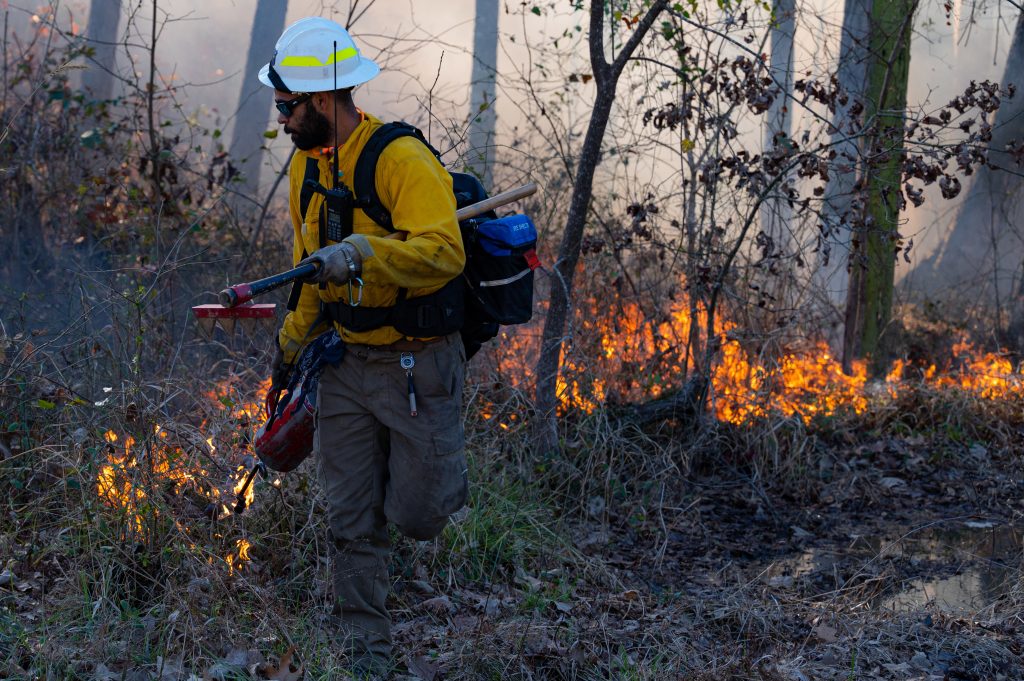
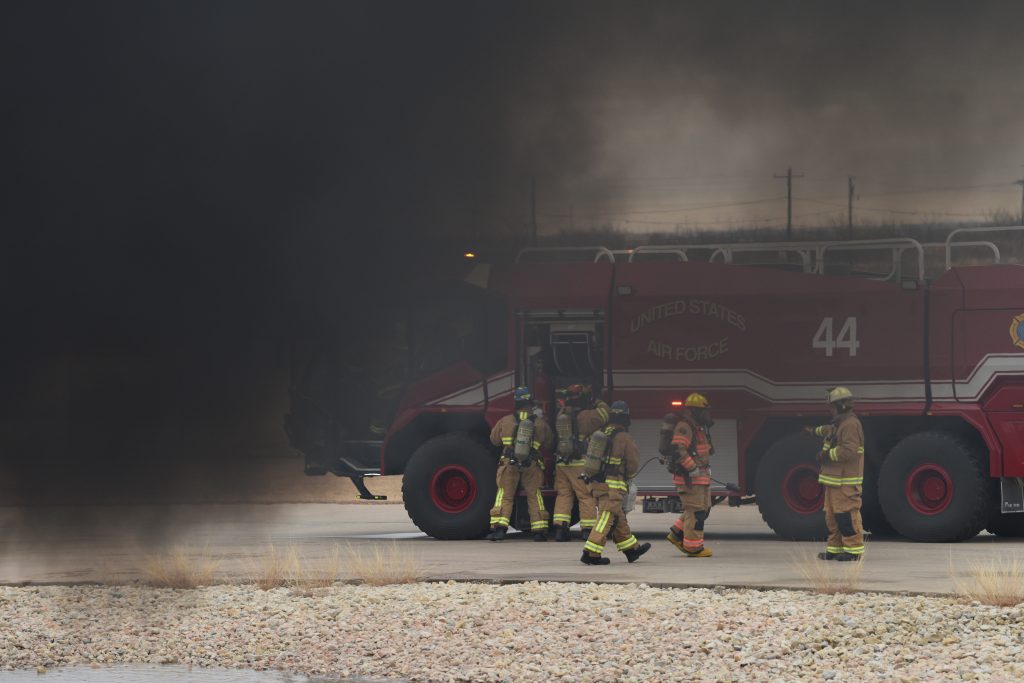
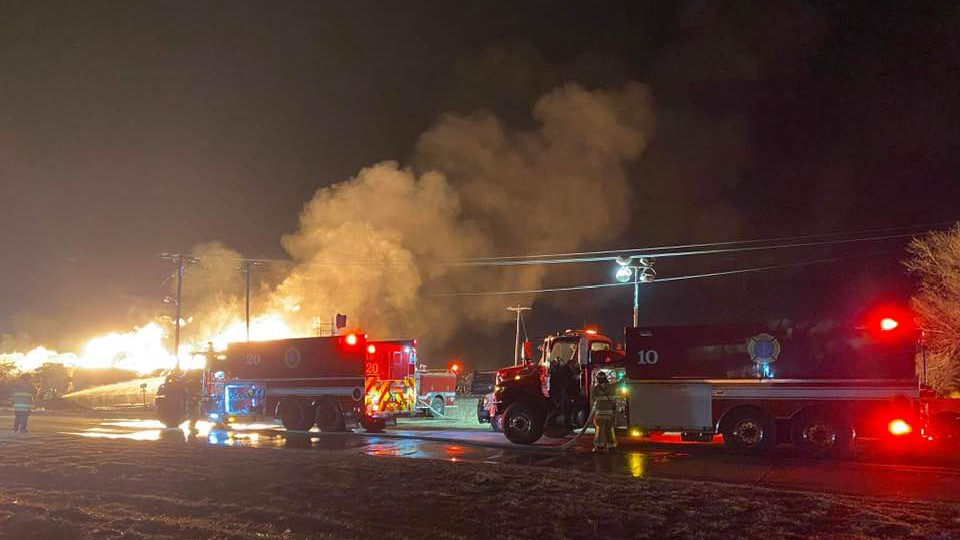
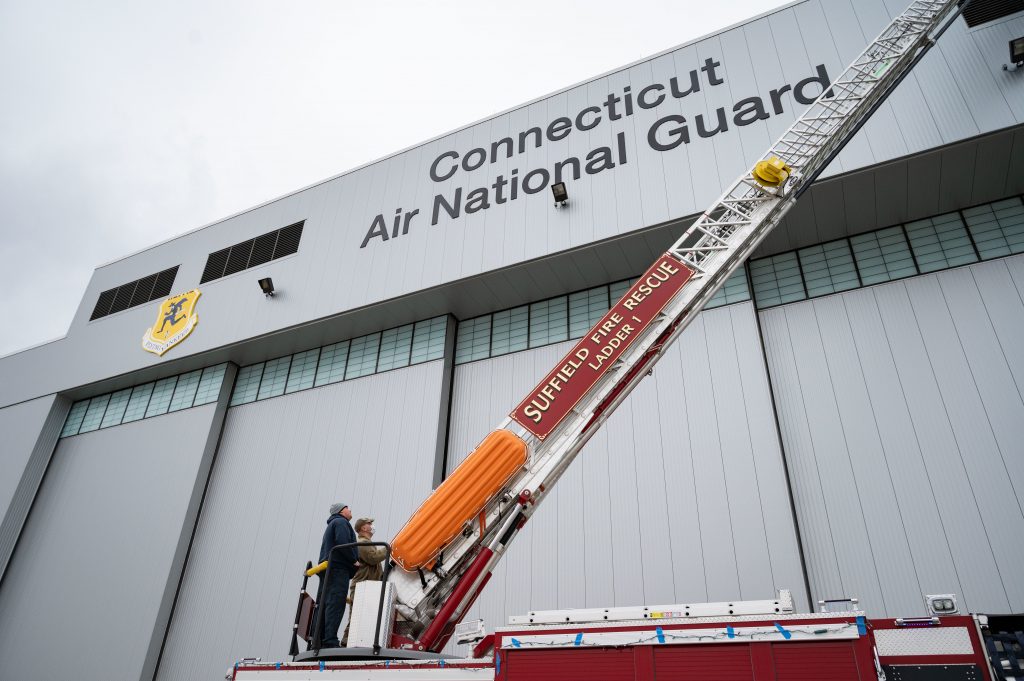

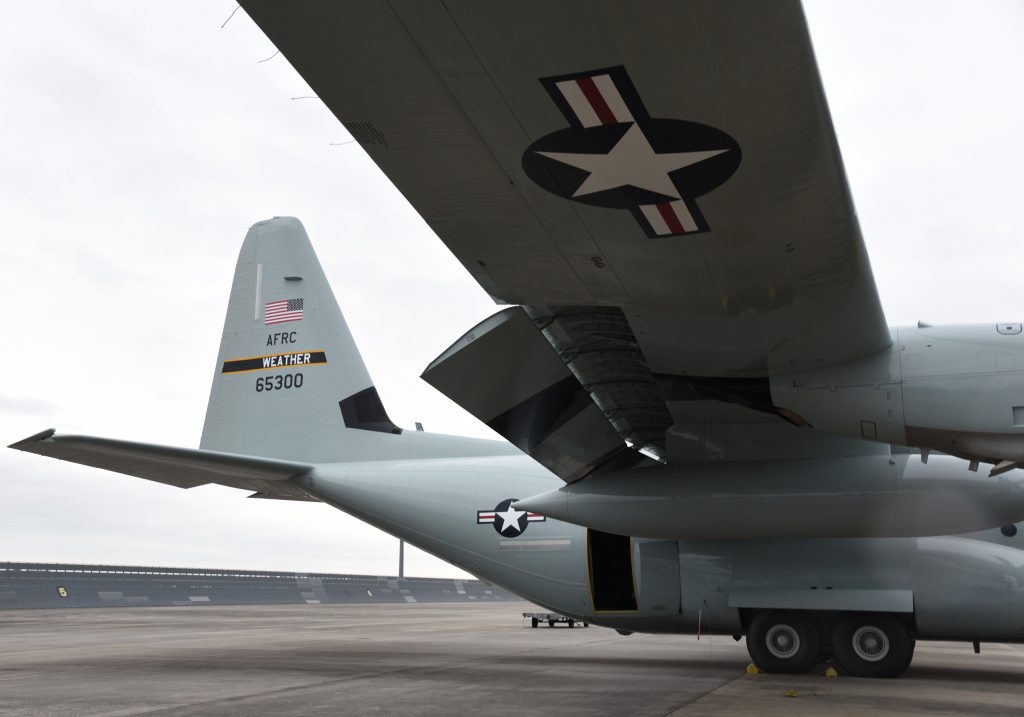
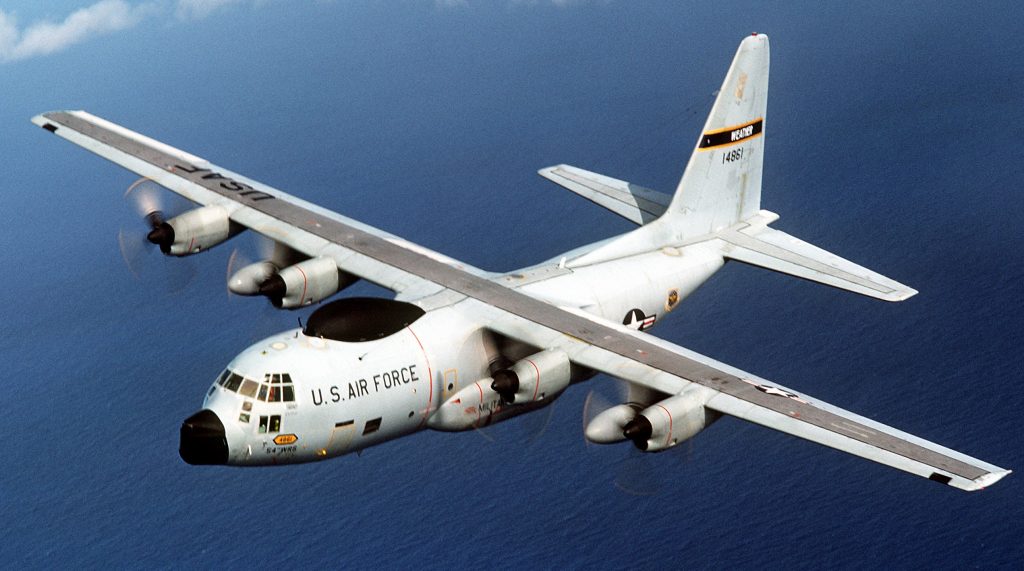
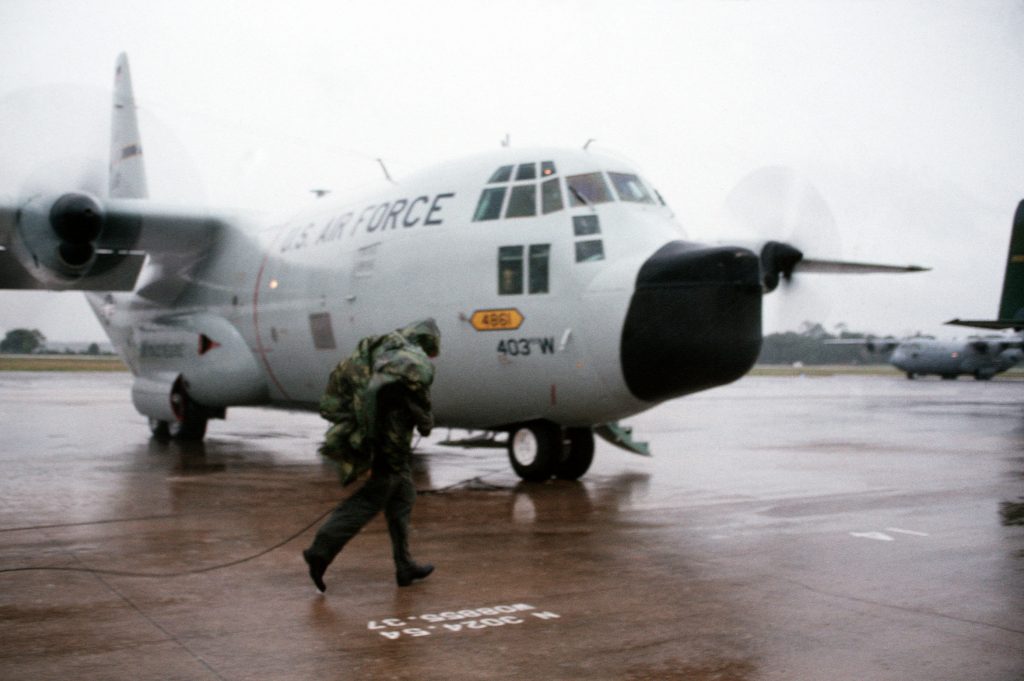
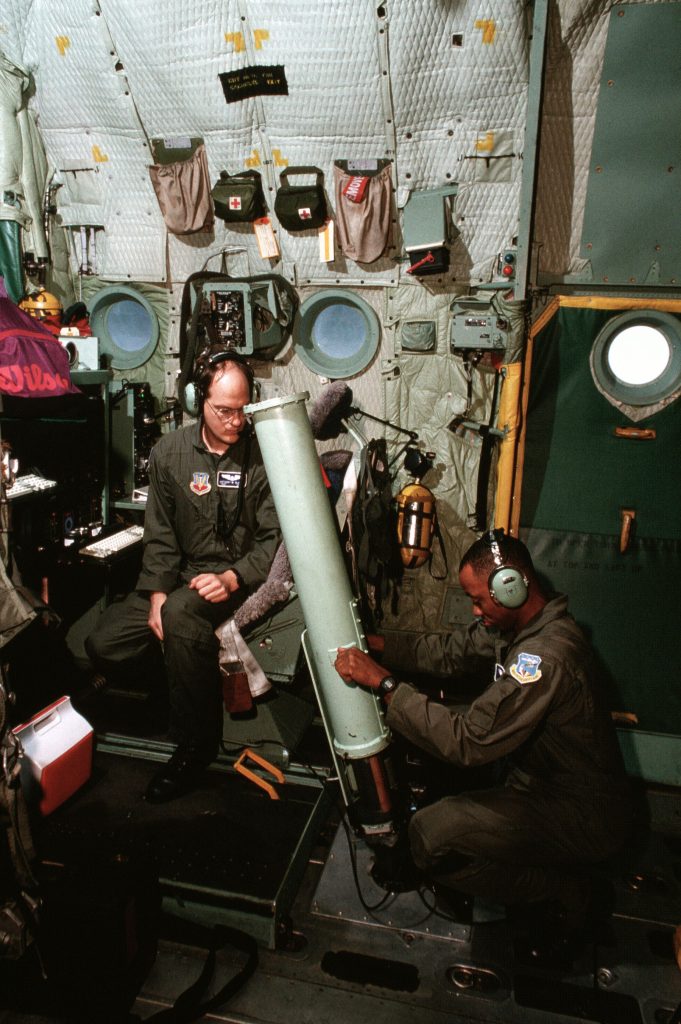
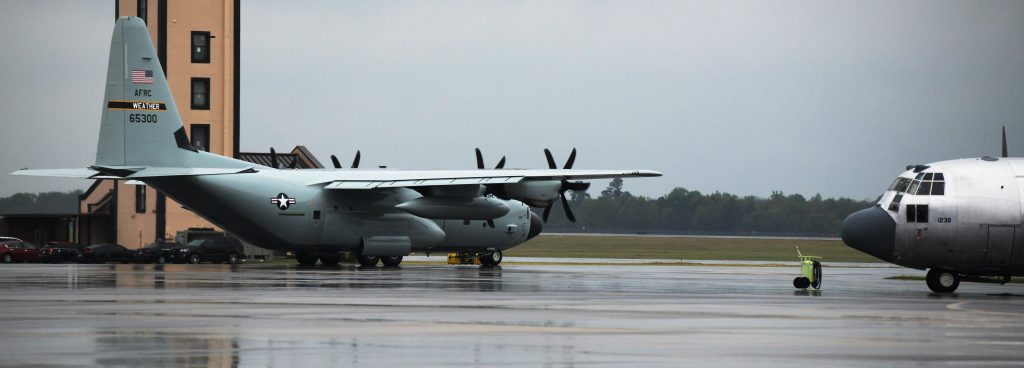
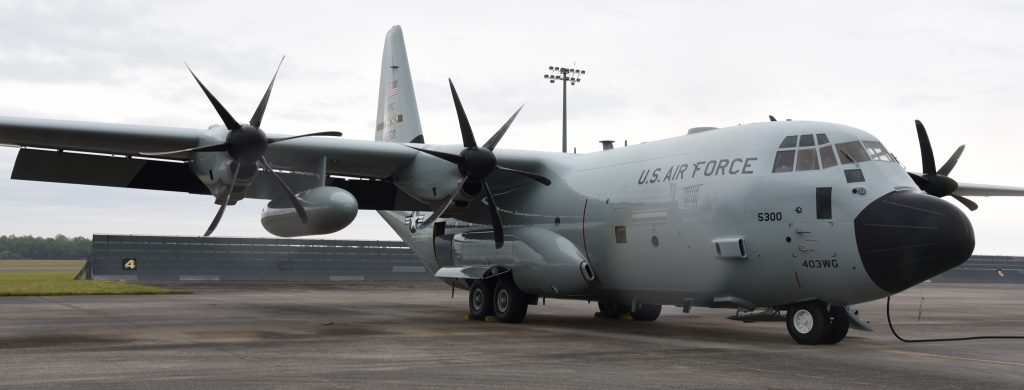
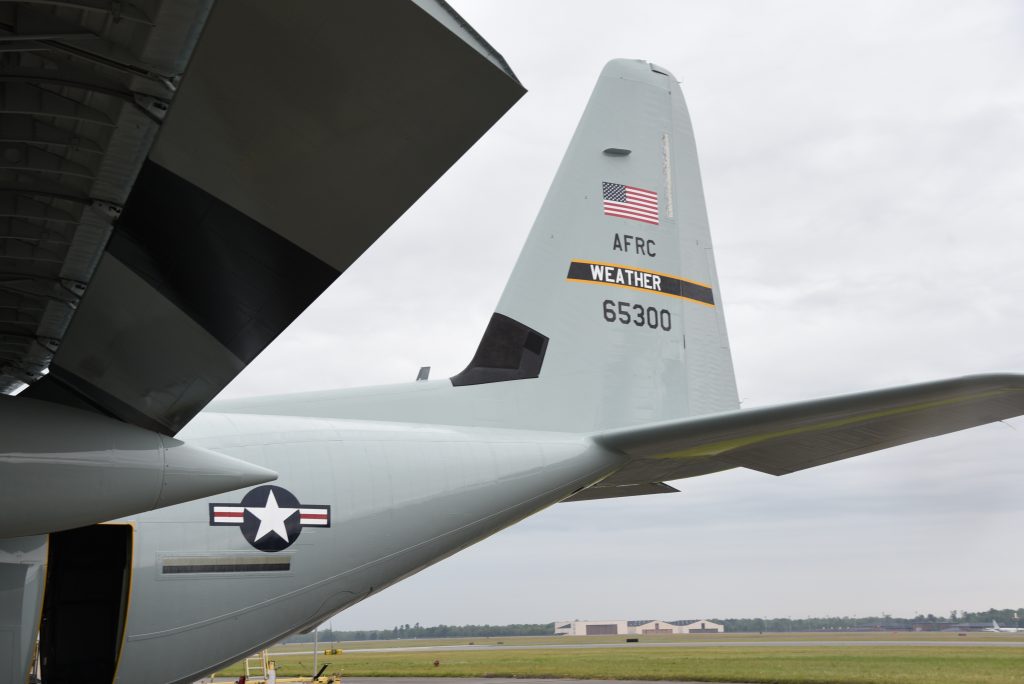

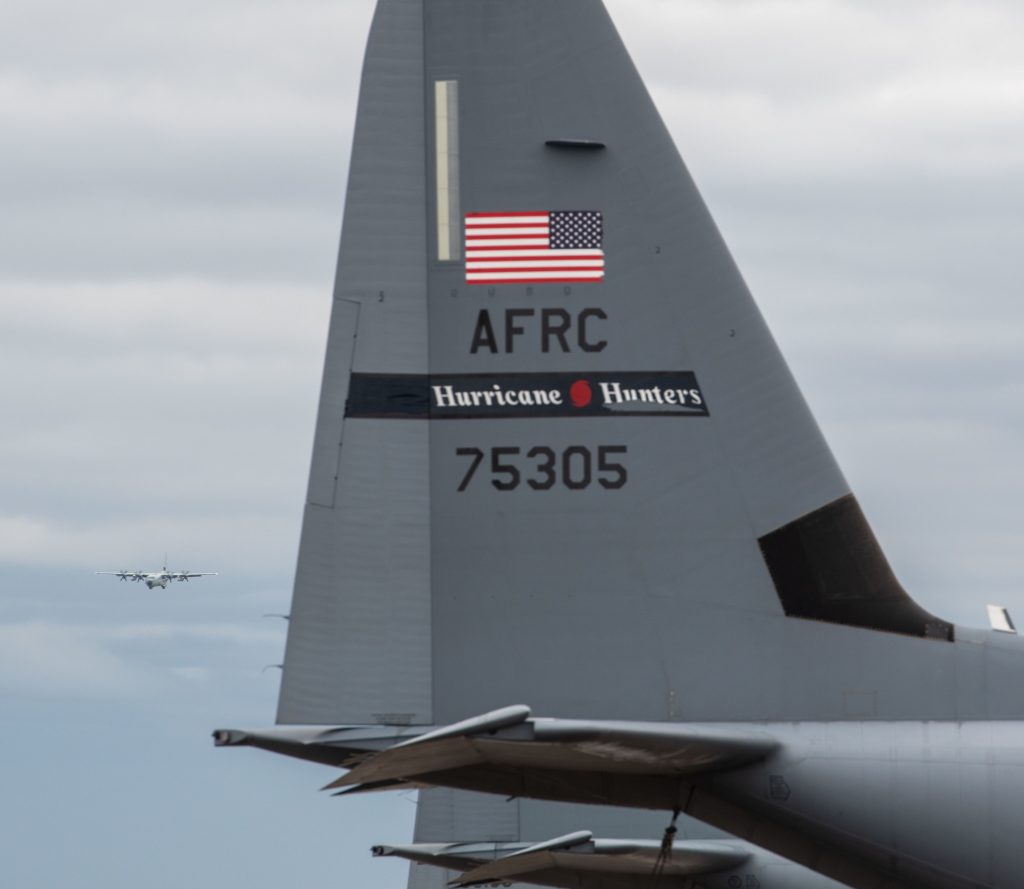
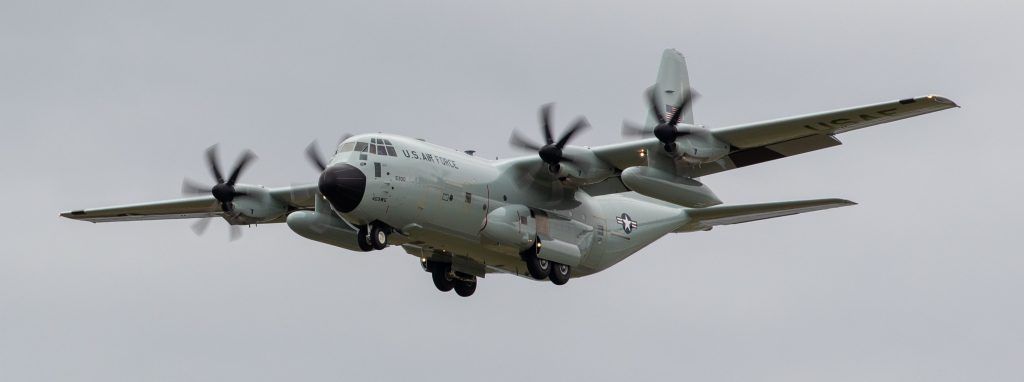
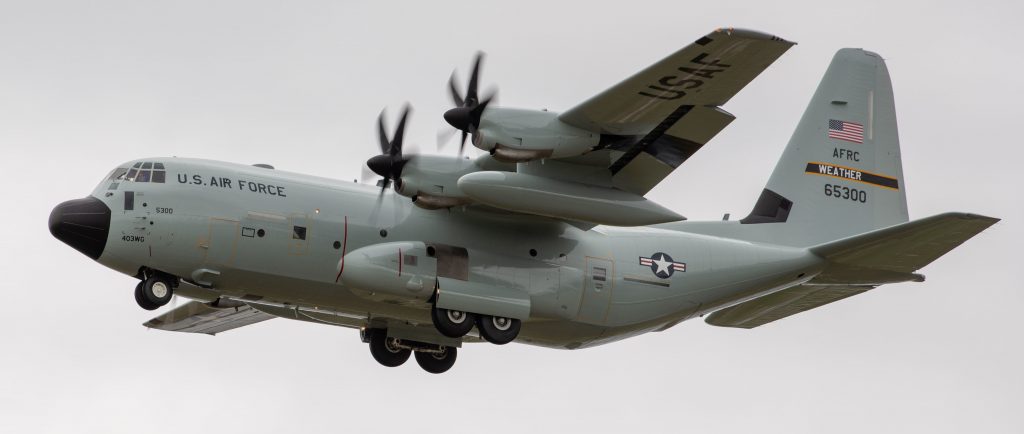
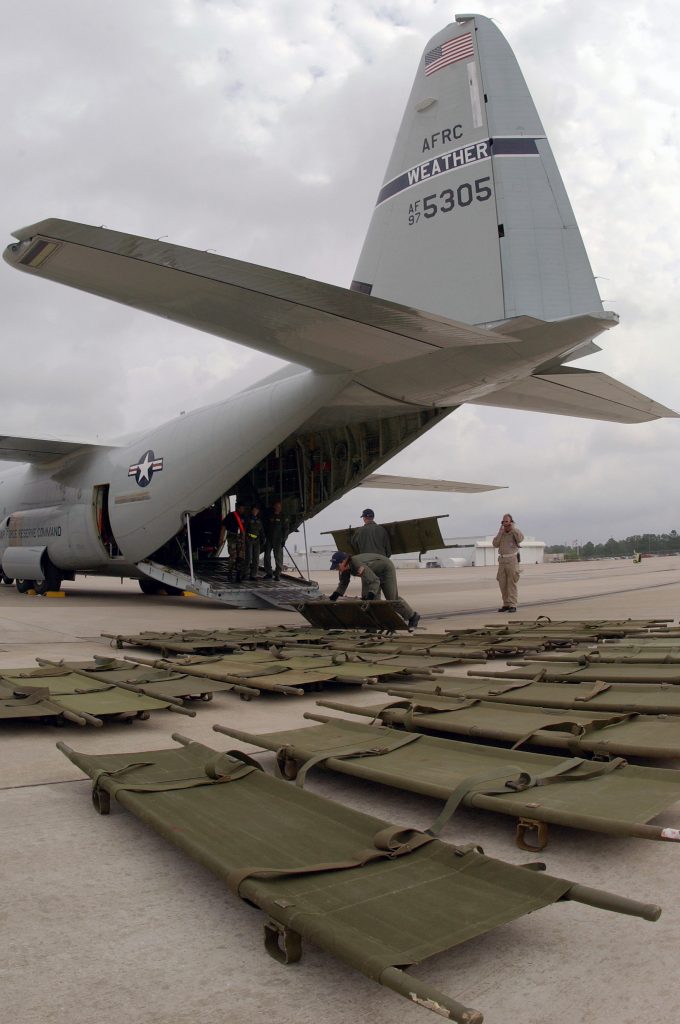
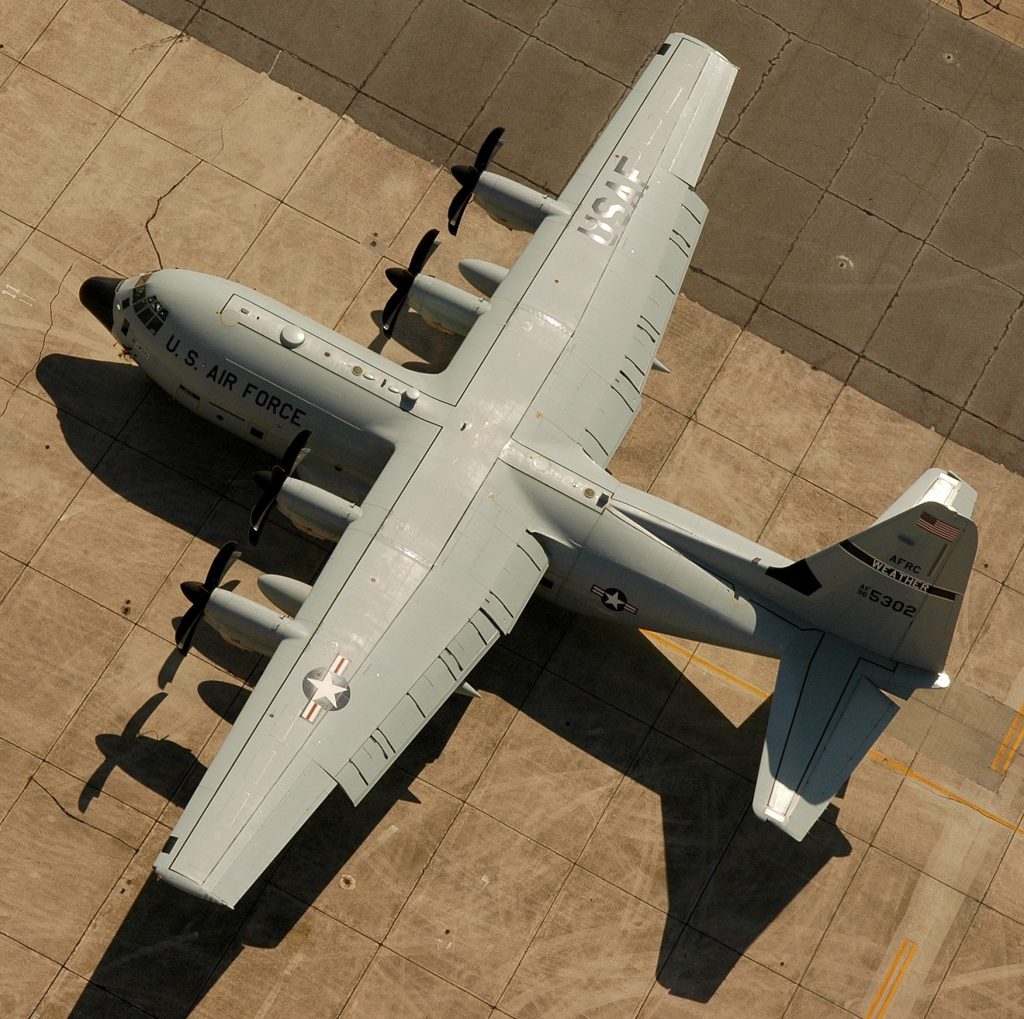
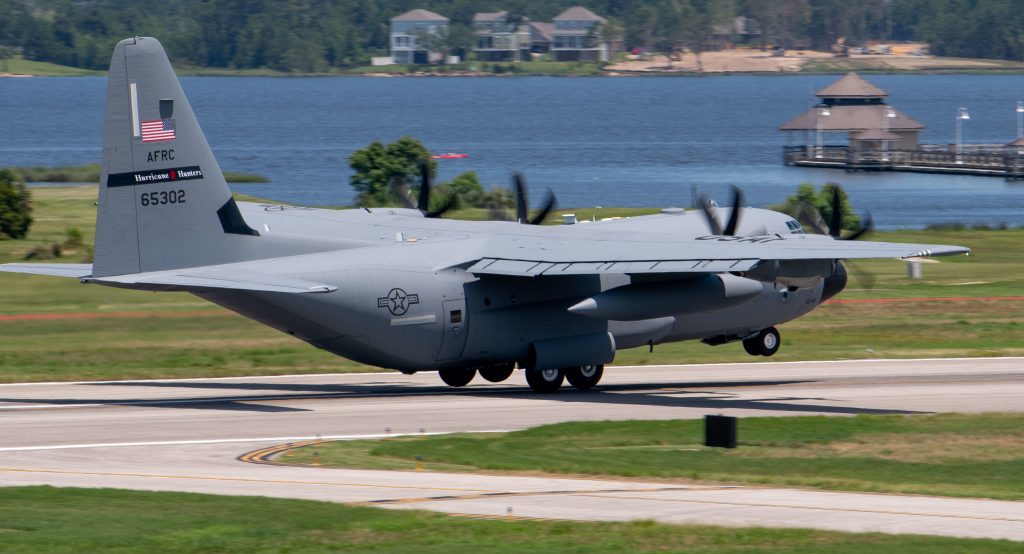
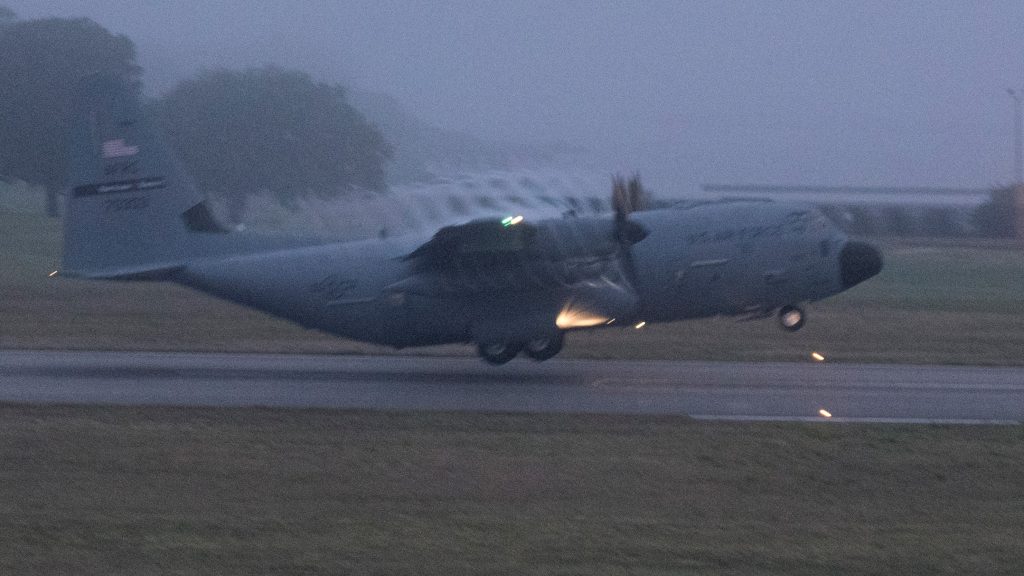
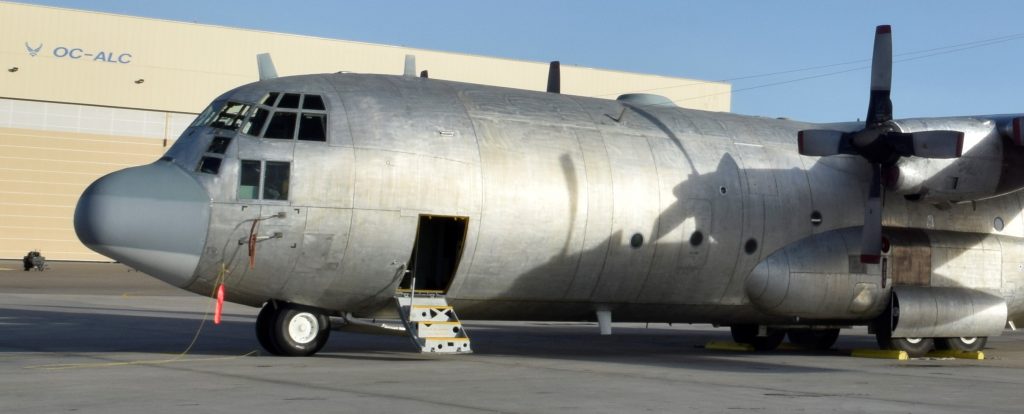
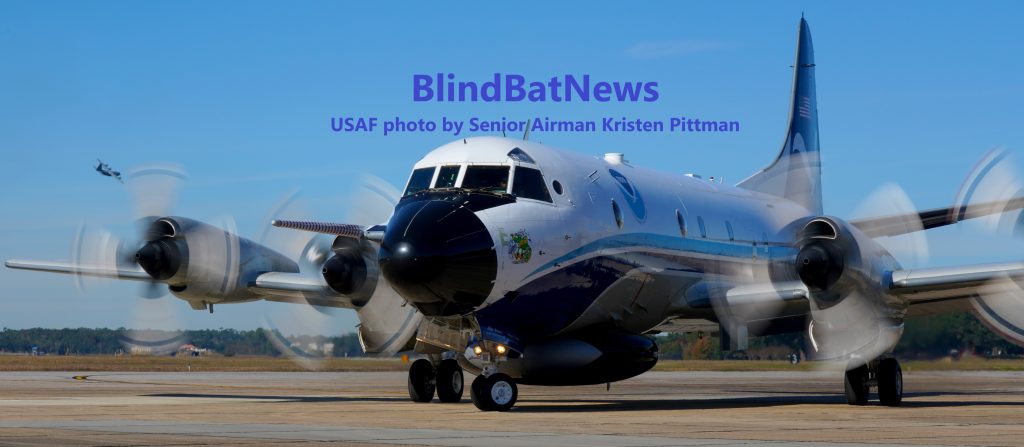

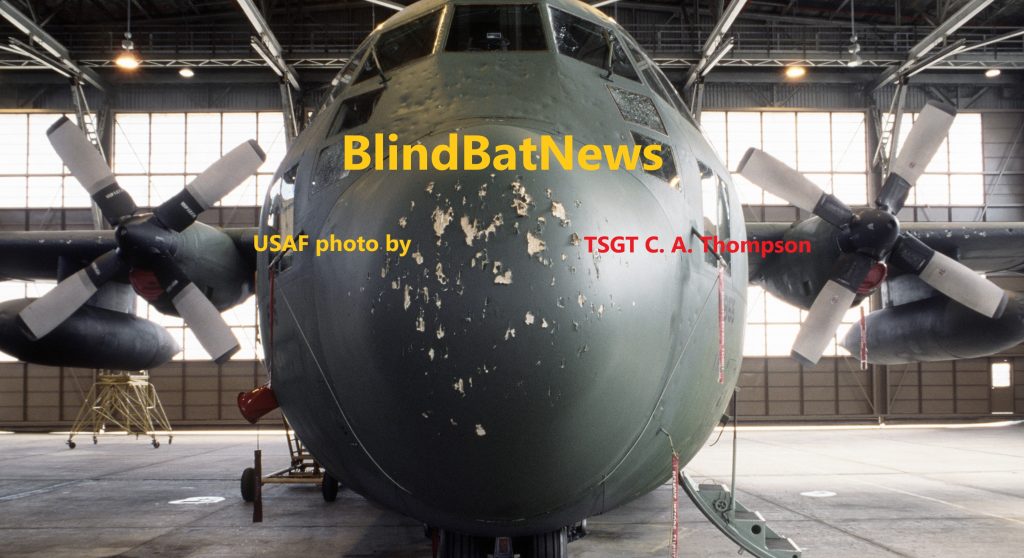
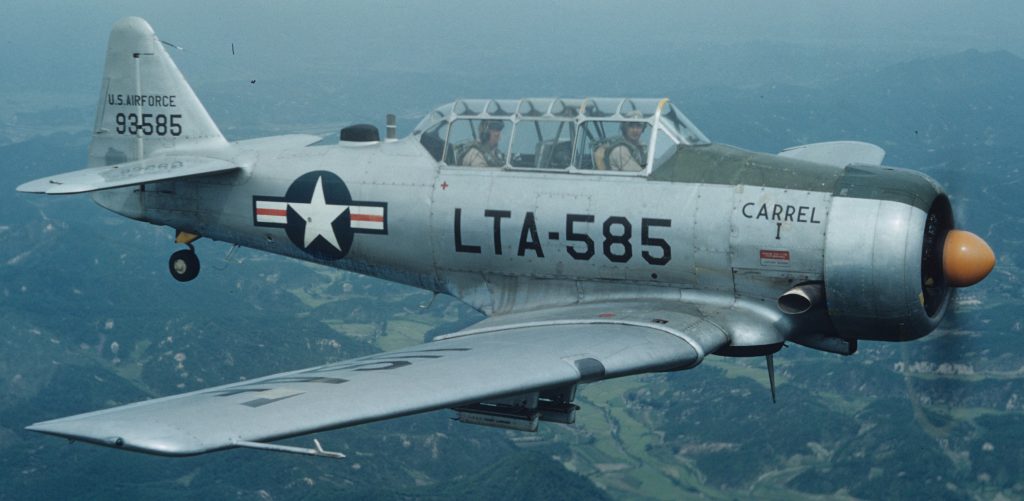
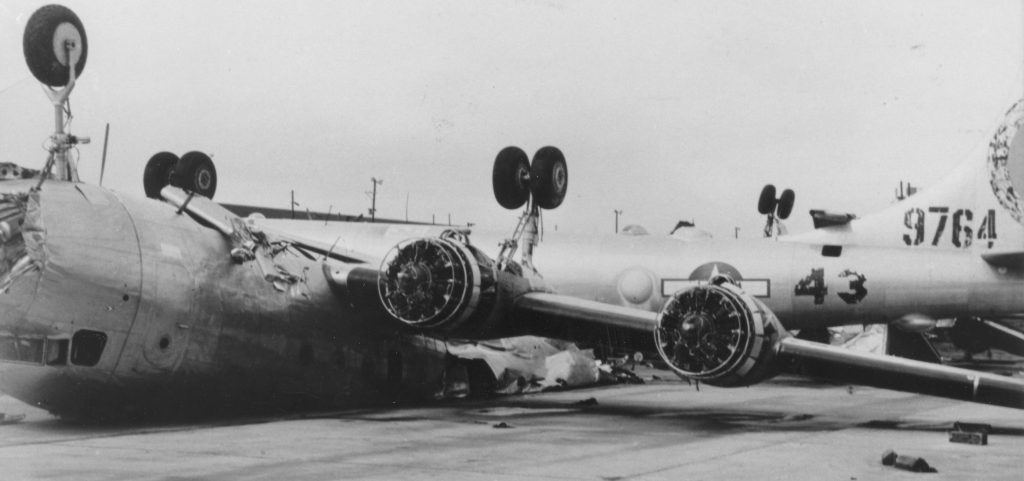


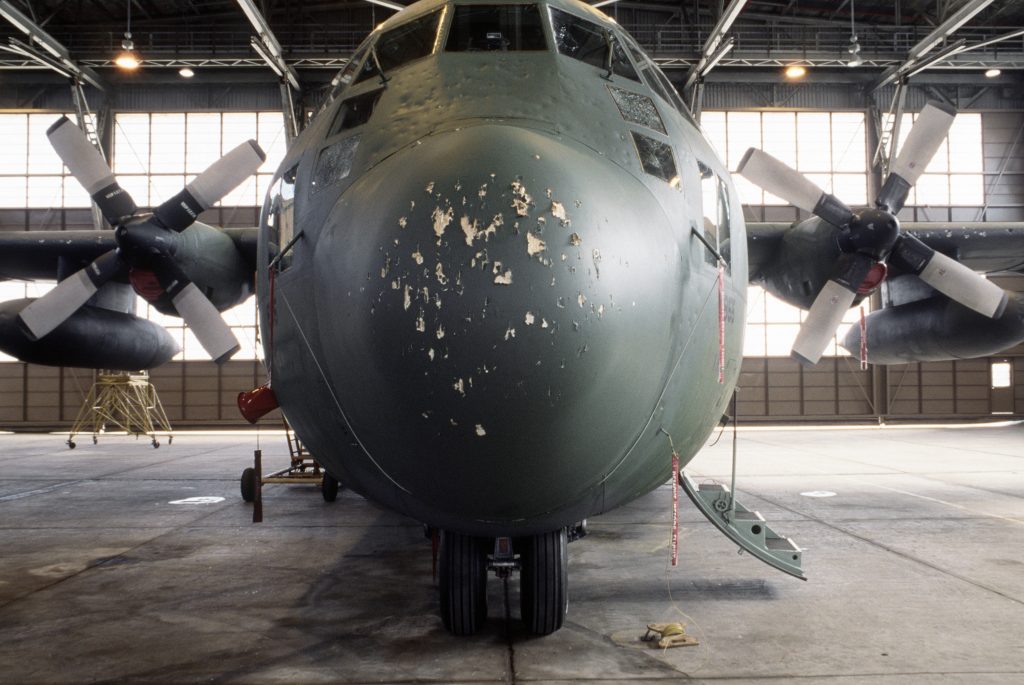
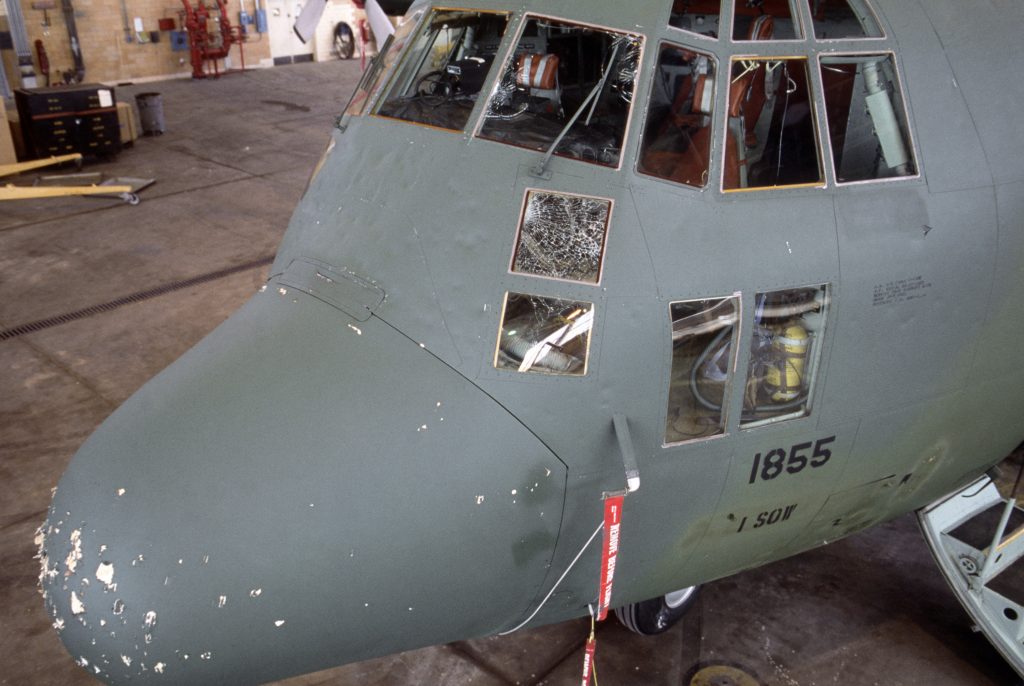

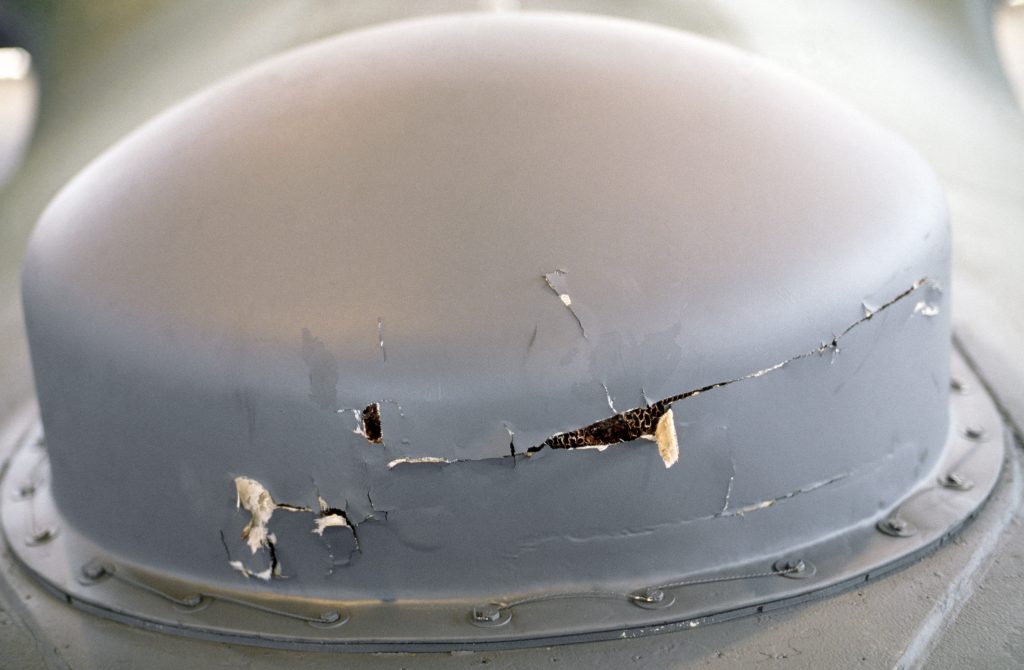
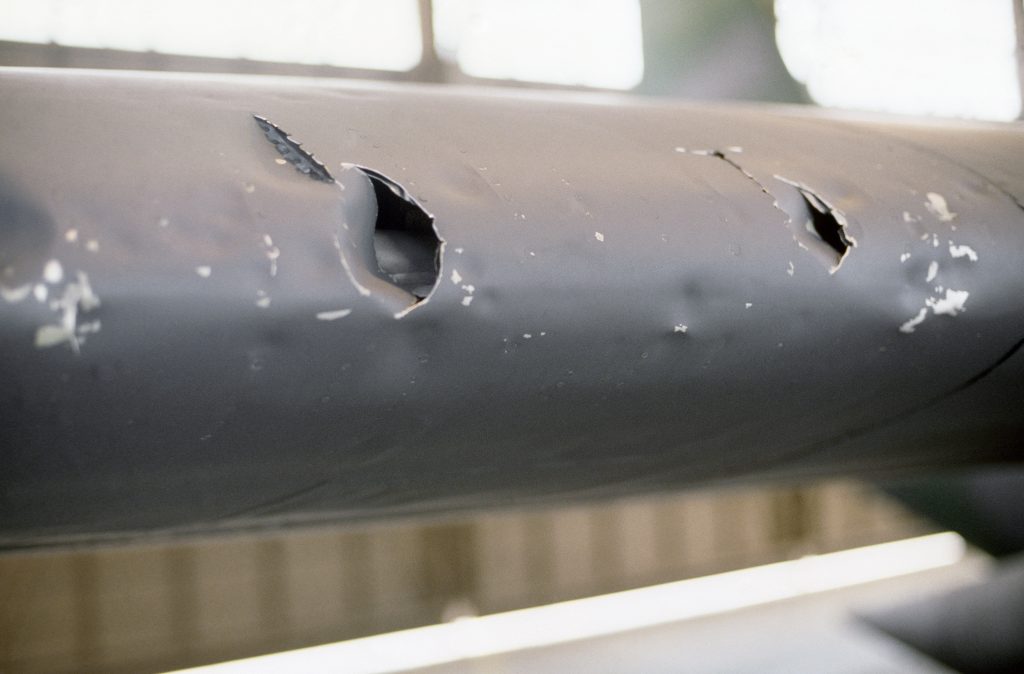
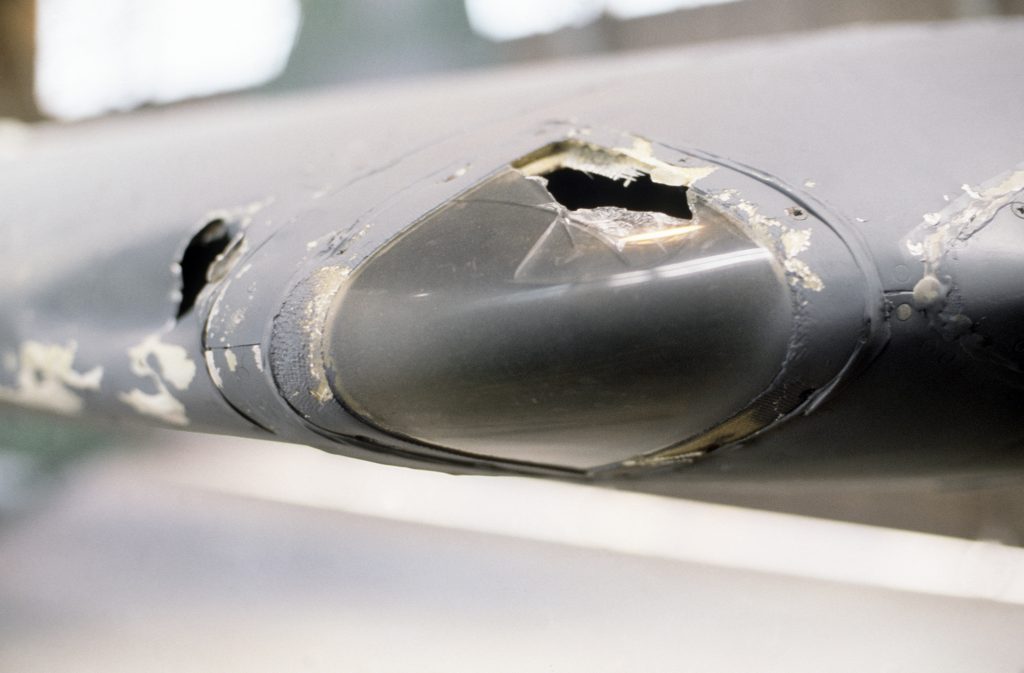
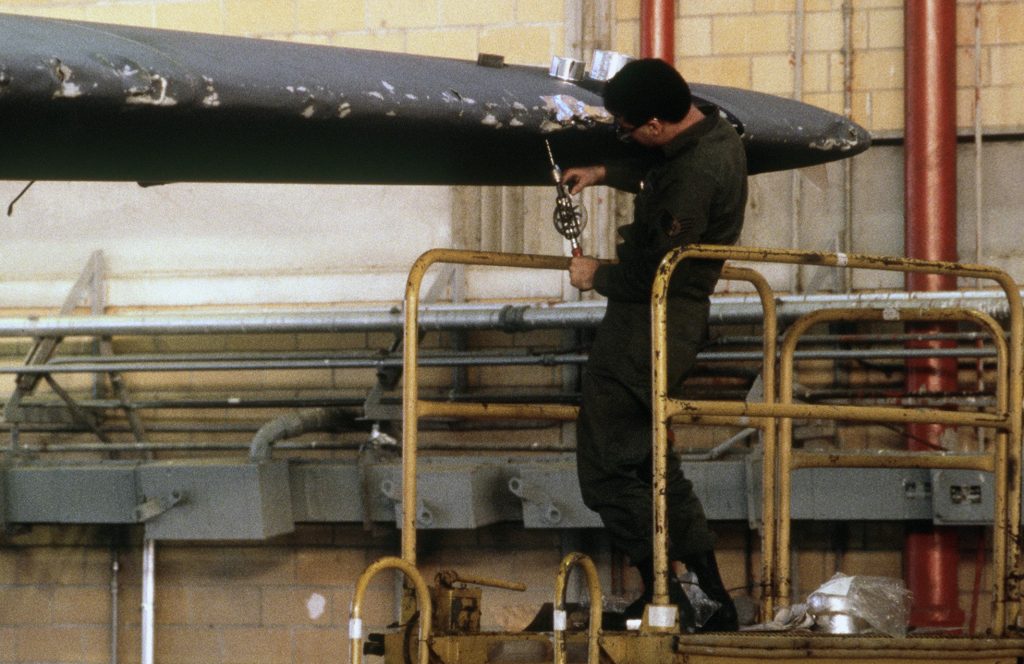
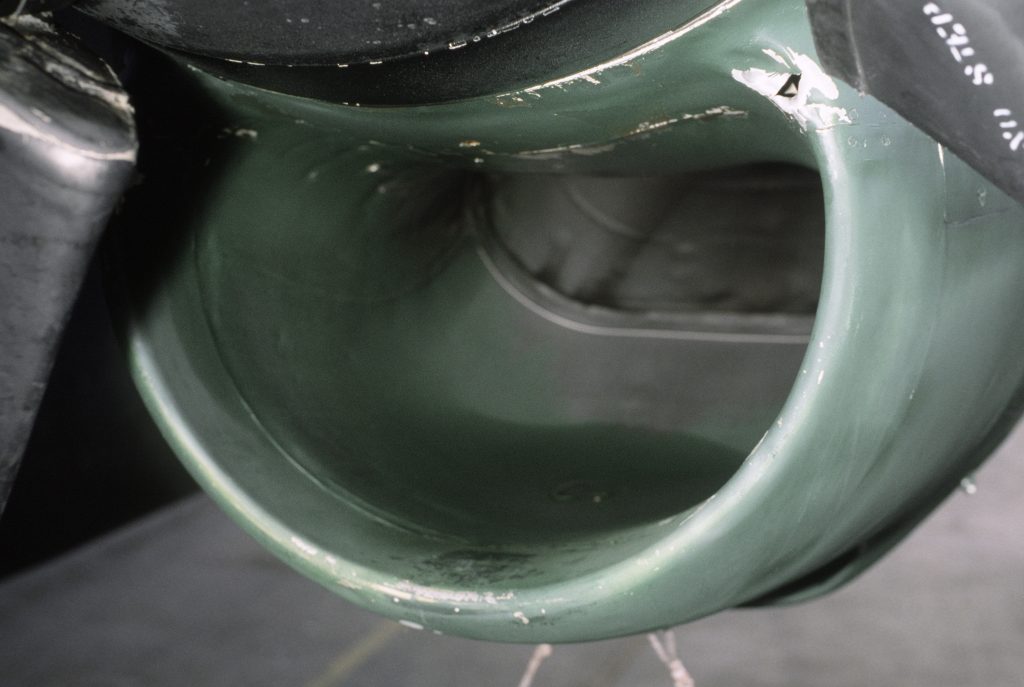
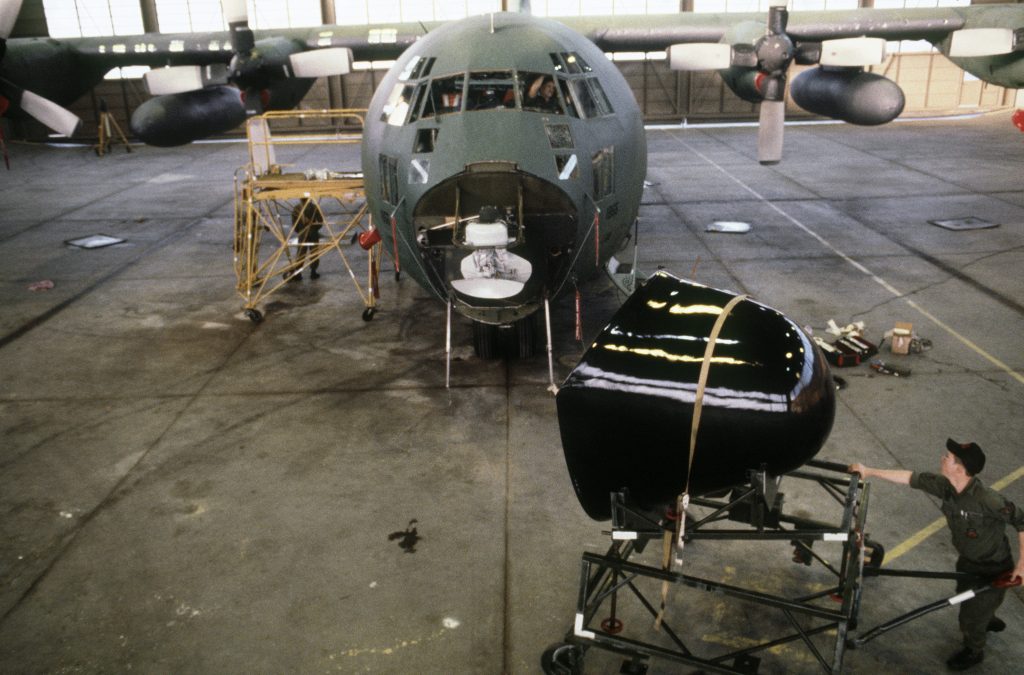
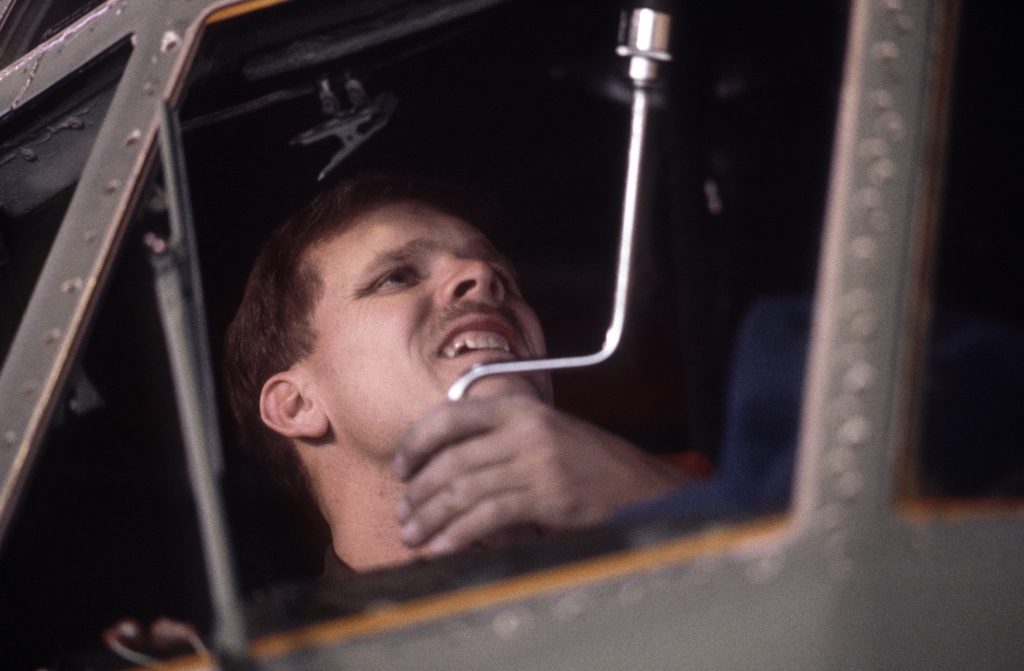
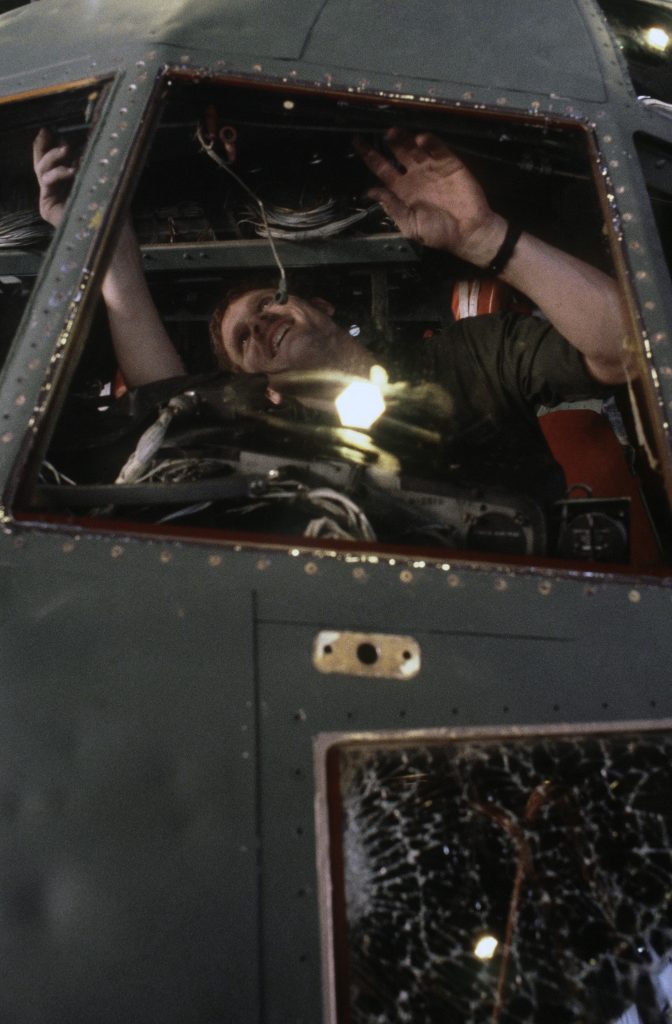
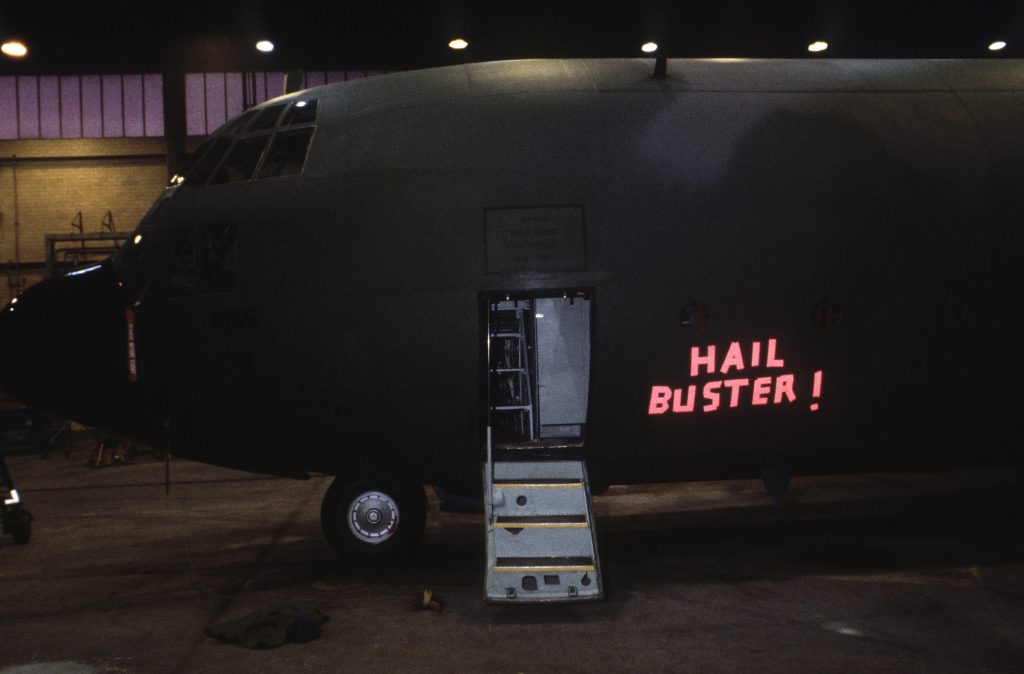

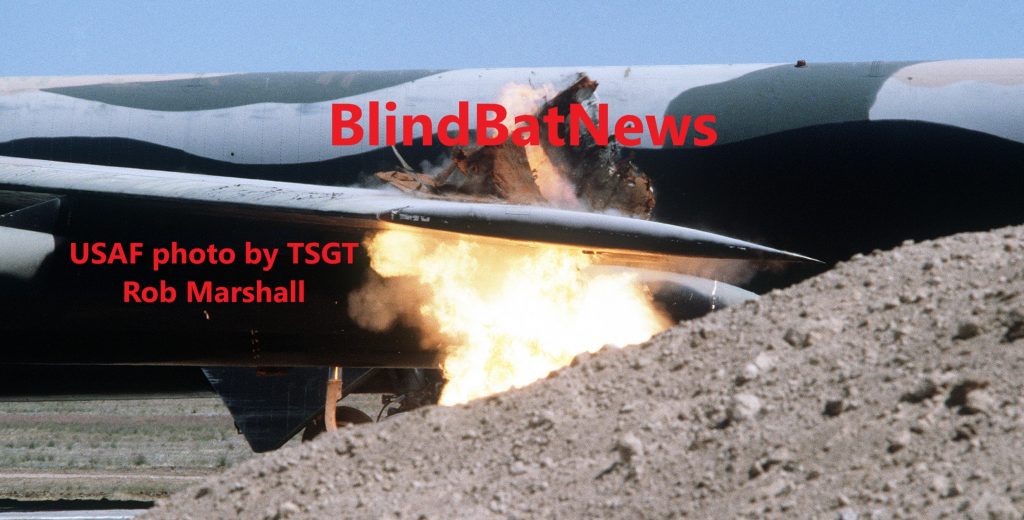

 DC-8-72 on the ground in Chile after an 11 hours flight to study ocean ice, October 2009.
DC-8-72 on the ground in Chile after an 11 hours flight to study ocean ice, October 2009. The information that came with this pic stated the DC-8 was being used to test alternative fuels in California, January 2009.
The information that came with this pic stated the DC-8 was being used to test alternative fuels in California, January 2009.
 Preparations for Operation Ice Bridge, Dryden Aircraft Operations Facility, California, late 2009. The cart full of computers is part of a Laser Vegetation Imaging Sensor, waiting to be installed on the DC-8.
Preparations for Operation Ice Bridge, Dryden Aircraft Operations Facility, California, late 2009. The cart full of computers is part of a Laser Vegetation Imaging Sensor, waiting to be installed on the DC-8. Inside the DC-8 Airborne Laboratory, being configured for Operation Ice Bridge, 2009.
Inside the DC-8 Airborne Laboratory, being configured for Operation Ice Bridge, 2009. DC-8 on approach to Dryden Aircraft Operations Facility, November 2008.
DC-8 on approach to Dryden Aircraft Operations Facility, November 2008. From November 1999 to March 2000, the DC-8-72 joined a NASA U-2 (aka ER-2) for SAGE III Ozone Loss and Validation Experiment (SOLVE), in Sweden.
From November 1999 to March 2000, the DC-8-72 joined a NASA U-2 (aka ER-2) for SAGE III Ozone Loss and Validation Experiment (SOLVE), in Sweden.










